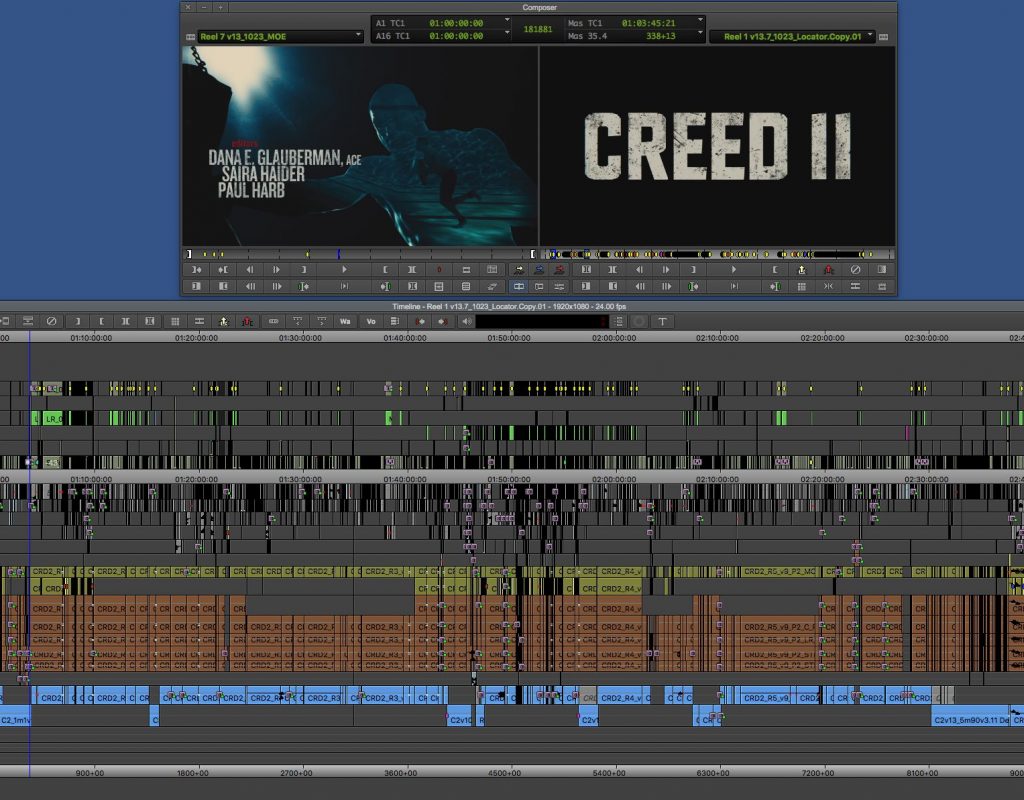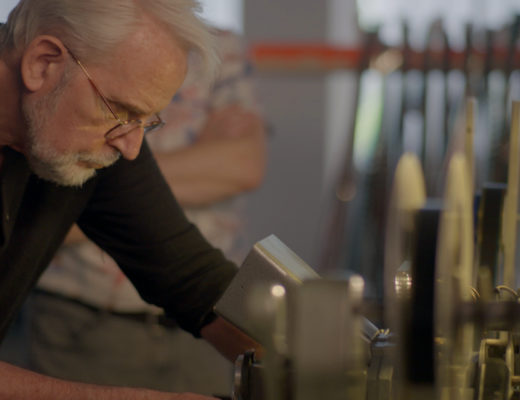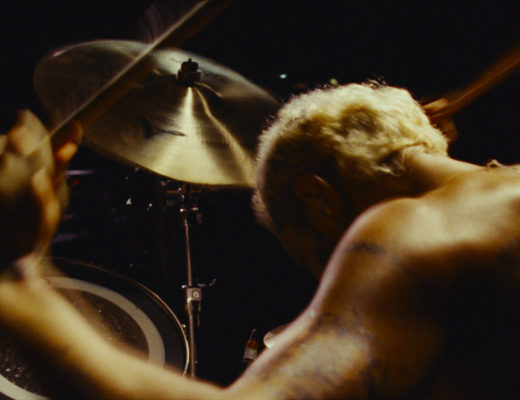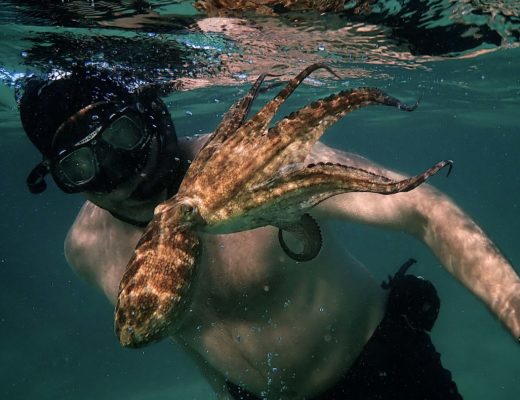Three editors teamed up to bring a cohesive editorial vision to Creed II.
Dana E Glauberman, ACE, has previously edited Juno, Love Happens, Up in the Air, No Strings Attached, and Draft Day, to name just a few. She has also worked on editing teams including Mean Girls, Pirates of the Caribbean: The Curse of the Black Pearl, and The Birdcage.
Saira Haider has edited films including All About Nina, The Labyrinth, and The Land.
Paul Harb has been an editor or additional editor on films including Mazerunner: Death Cure, Rocky Balboa, Rambo, and The Expendables.
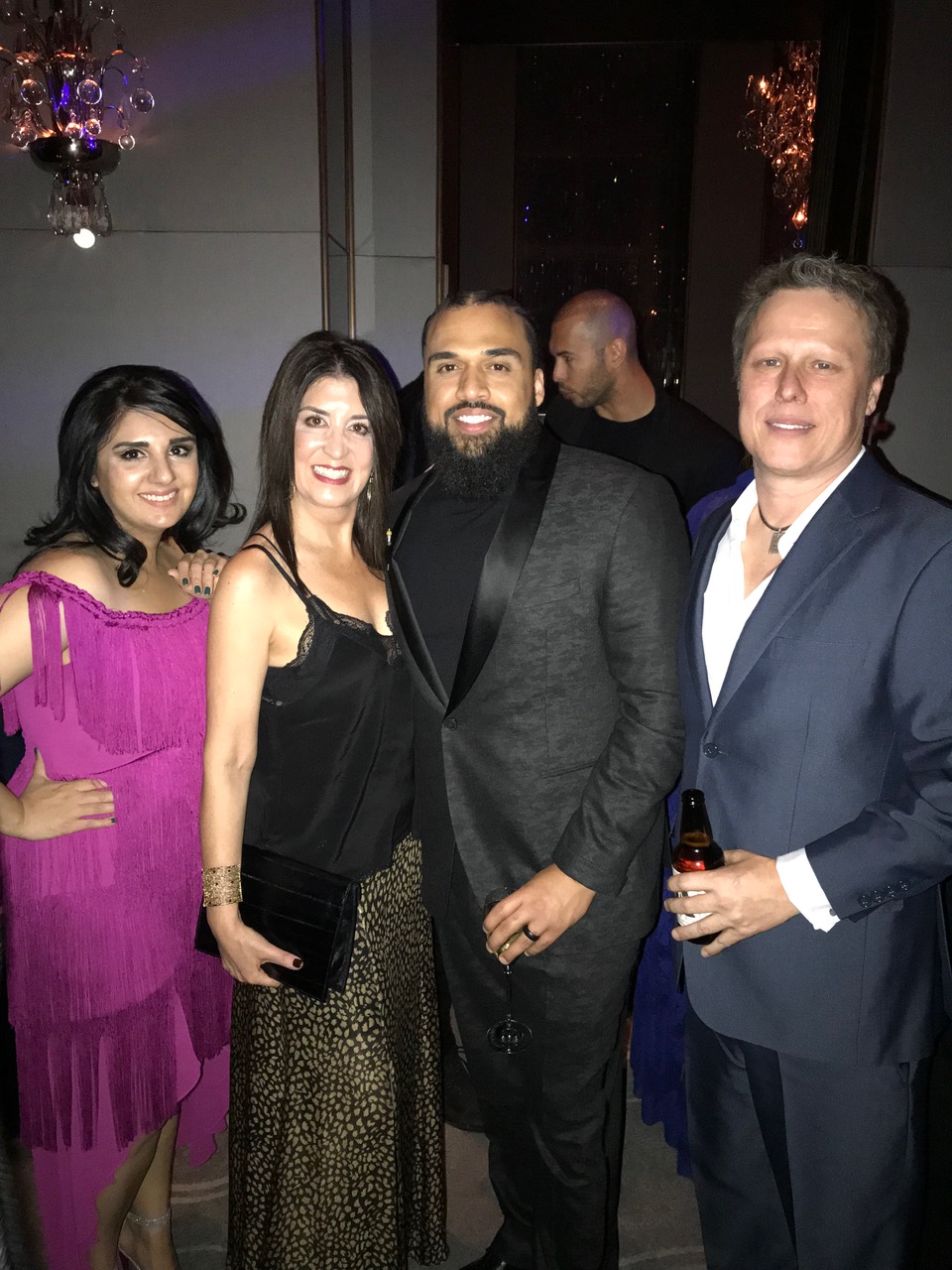
(This interview was transcribed with SpeedScriber. Thanks to Martin Baker at Digital Heaven)
HULLFISH: First of all, how did this team get put together?
HAIDER: Steven and I were looking for a really good crew of people to put together for the film and it took a long time to find Dana. Paul was a recommendation because he’d worked on some of the previous Rocky and Creed films. We put together a list of people whose work we always admired and started asking around for who was available and willing to work with such a tight schedule.
GLAUBERMAN: And I was looking for something different than anything I had ever worked on before. So when my agent, Jasan Pagni at WME, suggested CREED 2 to me, I went back to watch the first CREED, then read the script for this one. Steven and I clicked during a FaceTime interview, and so I was on board from that point on.
HARB: I’ve been working with Sylvester Stallone, and the producers of the Rocky/Creed movies going back to Balboa so I was suggested to Steven. I really liked the script and when I met with Steven and heard his vision for this sequel I knew I wanted to be a part of it.
HULLFISH: How did the three of you come to a working arrangement?
GLAUBERMAN: Everything just sort of fell into place naturally. Paul was brought on specifically to cut the fights, while Saira and I focused on everything else. But with our tight schedule, and the amount of footage we had, we all contributed to discussions about each others’ work. Collaborating with each other was key.
HAIDER: Everybody contributed to the overall story and it really took all three of us to get something like this done in such a short amount of time. When you don’t have much time it’s good to rely on people with good opinions.
HARB: I was originally brought in to focus on the fights and training montages actually, at least that’s what Steven and I talked about before I came on. There ended up being over 100 hours of coverage on the fights alone and due to our extremely tight schedule and in particular our tight VFX schedule, the majority of which was the fight shots, Saira ended up taking on all the training montage duties. In Philly, during principal photography, I was buried in fight footage while Dana and Saira split up dialog scenes as we all just tried to keep up with camera. From day one we wanted each other’s feedback on whatever we might be working on so, as both Dana and Saira said, the workflow just happened naturally. Once Steven started his director cut in LA he wanted everyone’s input on every aspect of the film throughout the process so it really was a very collaborative process. Lots of story debates. Lots of cuts being passed around.
GLAUBERMAN: And all of those discussions and story debates were so important since there are so many different layers in this film – from father/son relationships with Rocky/Creed, Apollo/Adonis, Ivan/Viktor to the relationship between Adonis and Bianca; from the fights to building a family; from drama to a bit of comedic relief; and more. This movie gives the audience a lot more than what you expect from a “fight” movie.
HULLFISH: What was the schedule?
GLAUBERMAN: Production started at the beginning of April 2018 and ended in the middle of June. We were completely done by October 23. Basically, we had a 19-week post schedule (as opposed to a “normal” 26-week post schedule), close to 1000 VFX, and a lot of story to tell. So from start to finish, we had a total of about six and a half months to complete.
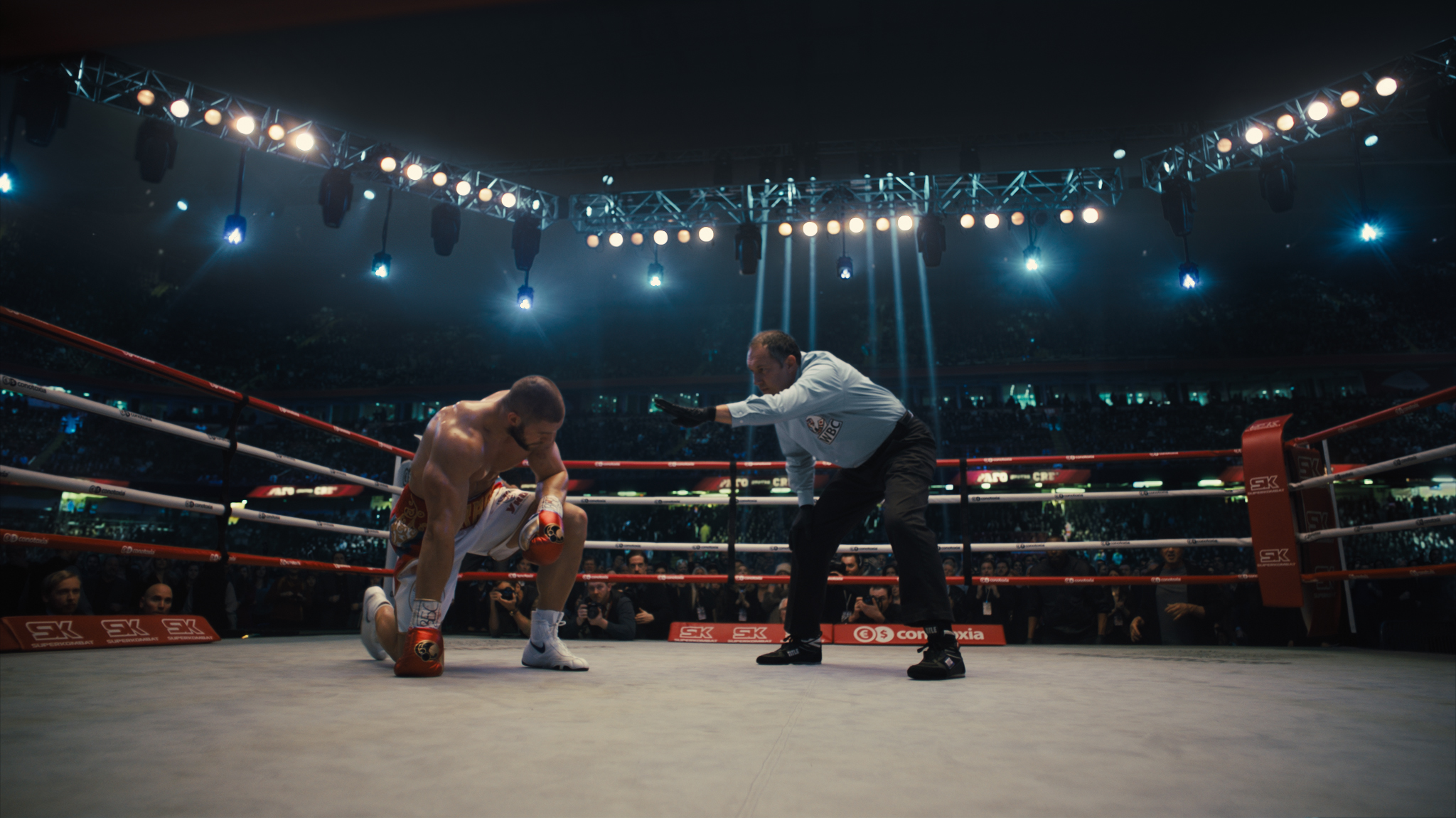
HARB: The schedule was ambitious, to say the least. It was a lot of movie, multiple arcs, multiple fights all of which were green screen except for the first one. We were doing 12 hour days and weekends right out of the gate and throughout the whole process. The runtime on the first assembly was something like three hours and twenty minutes.
GLAUBERMAN: And even at that runtime, we still didn’t have everything included in the assembly.
HAIDER: And I think it was longer than that, all things considered.
HARB: For the fights, everything in the schedule was stacked in a way that I was turning shots over for things I was still working on. The VFX Dept and vendors had to chase me on things that were constantly changing so it was kinda nuts. It went like this until picture lock. VFX hated me. I felt bad.
GLAUBERMAN: I think it was in week three of production that we had to turn over our first round of fight shots to VFX.
HULLFISH: With that many turnovers and matching back and screenings, did you have a big assistant team? One assistant for each of you plus a couple?
GLAUBERMAN: No! (they laugh) We had only two assistants – Debbie Tennant was our first, and Carolyn Calvert was our second – and only one PA – Jarret Berkowitz – for editorial. So we were a very small crew, considering 3 editors, and the amount of time that we had to complete the movie.
HAIDER: I found myself doing a lot of stuff I would normally ask an assistant to do, and put a lot of extra work hours to be able to accomplish a lot of things. But I think we all had to do that. If we didn’t do all that extra work or help them conform the stuff that was coming back in, it never would have happened. It was a team effort all around. Everybody was doing a lot.
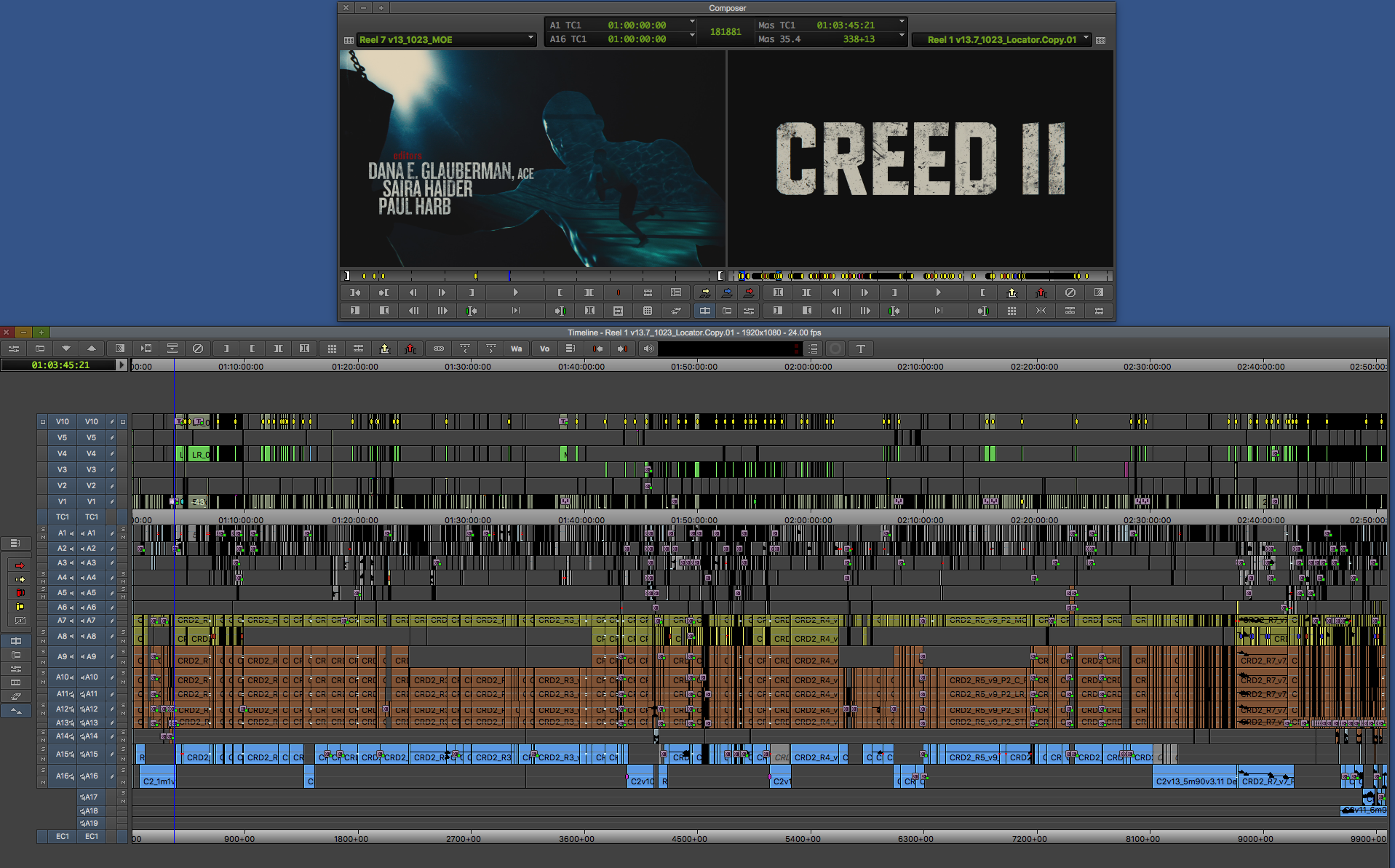 HULLFISH: So even once you’ve got scenes cut, you’ve still got a three hours and 20-minute film that you’ve got to cut down to about 2 hours and four minutes without credits?
HULLFISH: So even once you’ve got scenes cut, you’ve still got a three hours and 20-minute film that you’ve got to cut down to about 2 hours and four minutes without credits?
GLAUBERMAN: As you know, a script is essentially written 3 times … first on paper, then during production, and finally in post. So it becomes a bit of a trial and error thing. At a certain point, you forget about the script and focus on the material and the story you want to tell. If you take out scenes, or even a complete storyline, you always have to ask yourself, “what are the ramifications of doing that in the grand scheme of things?” But then you start trying other ideas and might put scenes back and start deleting others. It was a lot of hours, a lot of weekends and a lot of trial and error. But at the end of the day, we all have something to be very proud of.
HARB: It’s a process of revelation. It takes time as Dana just said. Tinkering and trial and error. The script is one thing but at a certain point the material and the performances kind of tell you what it needs to be and what it should be.
HAIDER: I think something that was unique about figuring out how to cut this down was how fast we had to make these decisions. One advantage of having to work really fast is that you truly are relying on your instincts. There’s not much time to second guess.
GLAUBERMAN: A perfect example of that was after our last preview while we were on the final dub stage, we ended up putting a scene back in at the last minute — having to trust Steven’s instincts as well as ours, being that we were not able to preview again. It was a gut feeling that this scene had to go in because it really works for a particular relationship, and to move the story forward. I mean, you’ve got to hand it to Steven Caple Jr, for trusting his own instincts and really having a gut feeling about certain situations within the story.
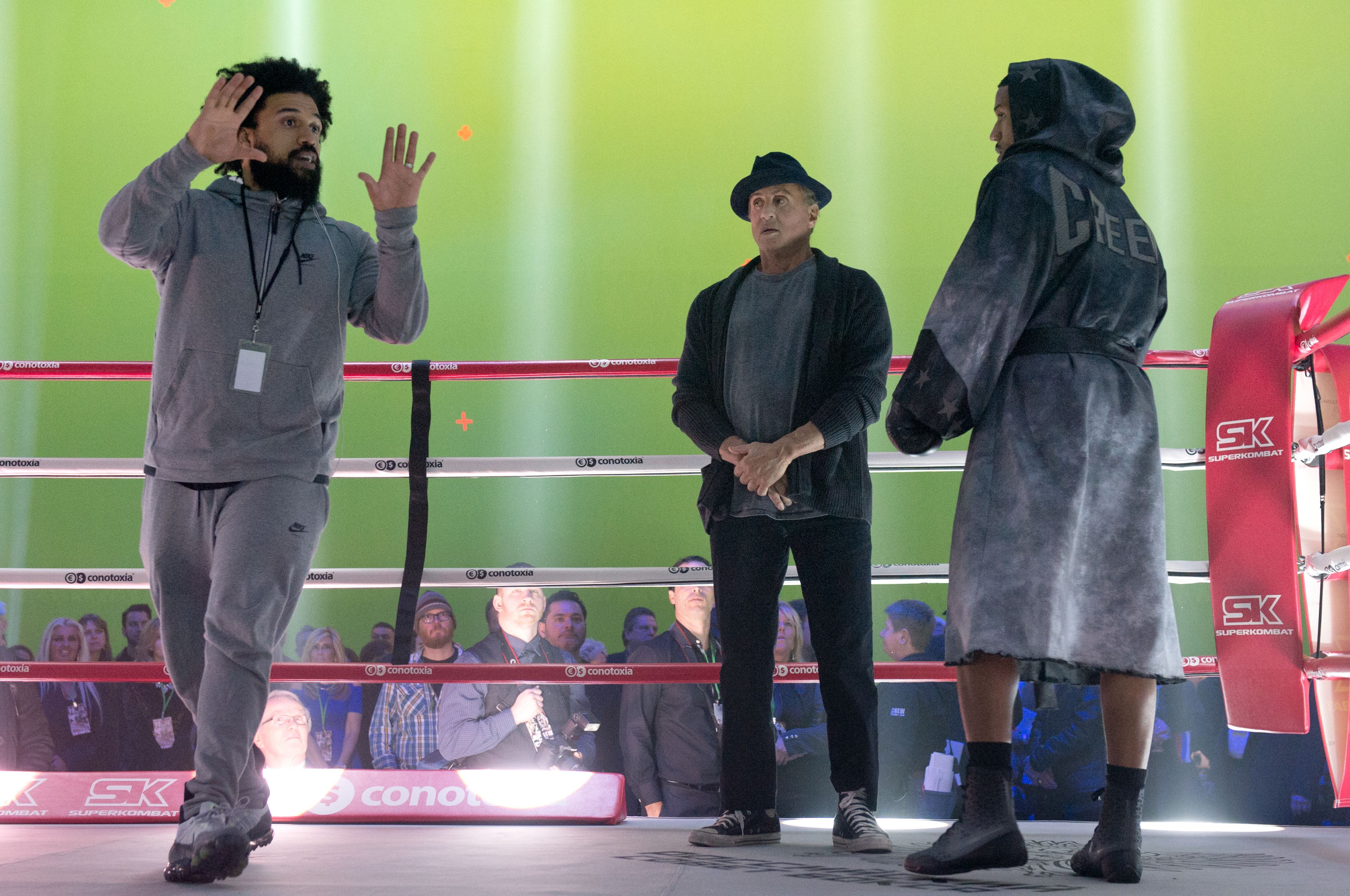
HULLFISH: Tell me about the screenings. How much does it help you to attend those screenings as opposed to just getting the notes and cards back?
GLAUBERMAN: It’s crucial. It helps tremendously. We’ve been living in a room for months, often by ourselves or with just a few other people who we’re working with, that sometimes all you need is to be in a theater full of people who don’t know anything about the movie and have natural, honest responses. Feeling the vibe of the room and hearing those first-time reactions reveals a lot to us as the filmmakers.
HARB: You gotta feel that room. Getting the cards afterward is helpful — there are patterns you may see that are definitely valuable but nothing can replace what you gain by reading an audience.
HAIDER: And in those screenings things surprise you, too. Things that you’re not sure work that well actually work really well for the audience.
GLAUBERMAN: There are things in those screenings where you realize — we had a perfect moment in there and we cut it out — now we have to put it back because we missed it for the momentum of the movie. It’s an important story point. It’s the feel of the room but it’s also about confirming decisions that we have made in the cutting room.
HULLFISH: It must also be nice to know that you each have two other colleagues that you can trust for opinions.
HAIDER: I think that’s what allowed us to make a good movie in such a short amount of time. It’s a tough thing to be super critical by yourself when you don’t have much time to explore, so it was good to rely on the crew.
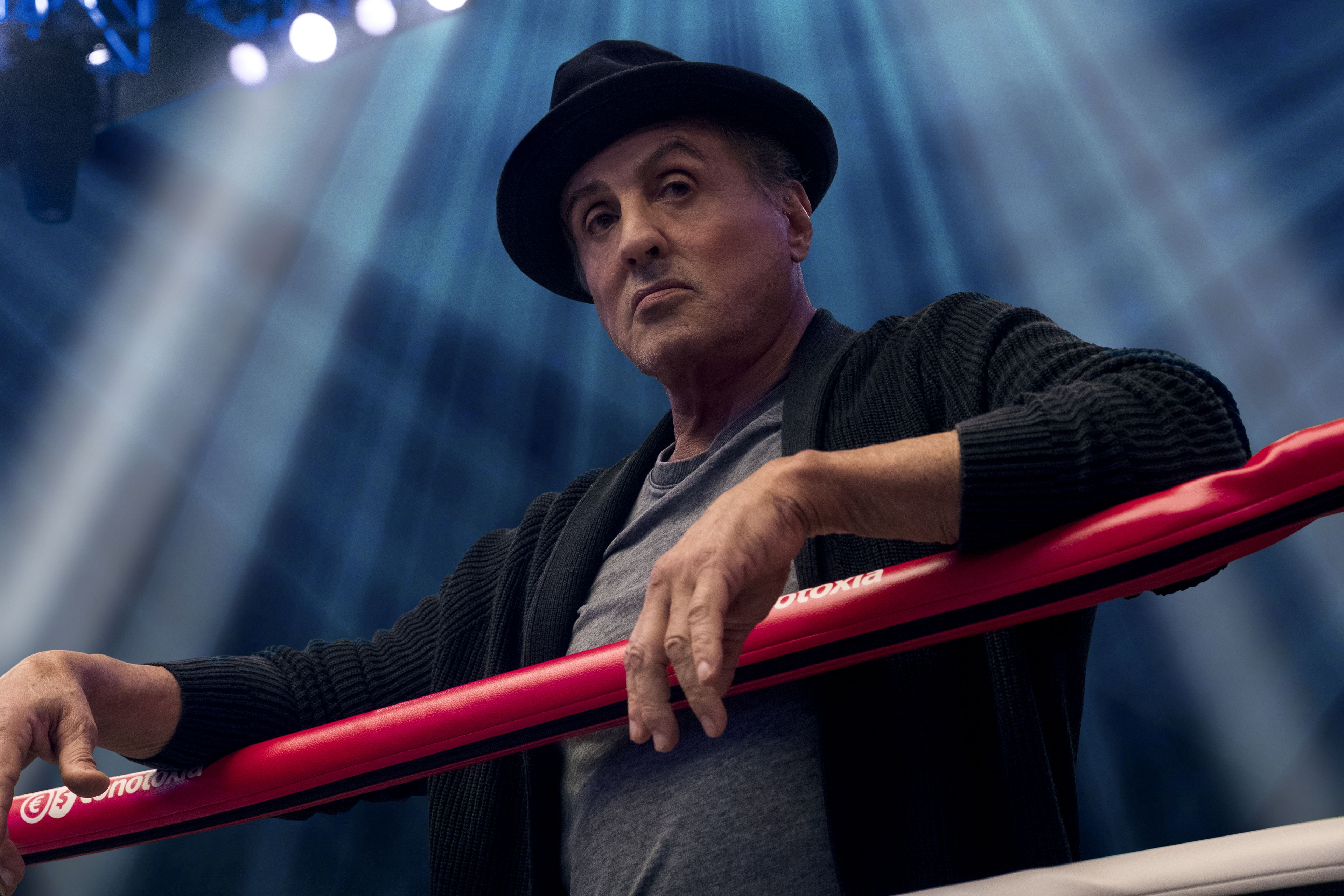
HARB: Editing a movie is very intimate.
GLAUBERMAN: You become like family.
HARB: You have to kind of find a way to get to that comfortable place really quickly so that you can just give everything to this project. And I think we were able to do that thankfully. It was a very honest cutting room. Sometimes that’s difficult to achieve.
HULLFISH: You mentioned passing scenes back and forth. How did you organize bins so that everyone was comfortable? Everybody’s got their own style and method and naming conventions and layout.
HARB: There was a progression to the workflow and organization.
GLAUBERMAN: Paul and I physically started at the same time – really only a day apart from each other – and Saira joined a couple of weeks later. Everyone organizes bins differently, but I had given an example of how I like my bins set up to our assistants Debbie and Carolyn, so they had a template to go off of. And we would make adjustments and changes as needed. But Saira, I don’t think we ever asked you if that setup was okay for you when you came on, did we?
HAIDER: It felt pretty standard and pretty organized to me.
HULLFISH: When you are approaching a scene do you go straight from the clips in the bin? Are you making KEM rolls or selects reels or line-outs?
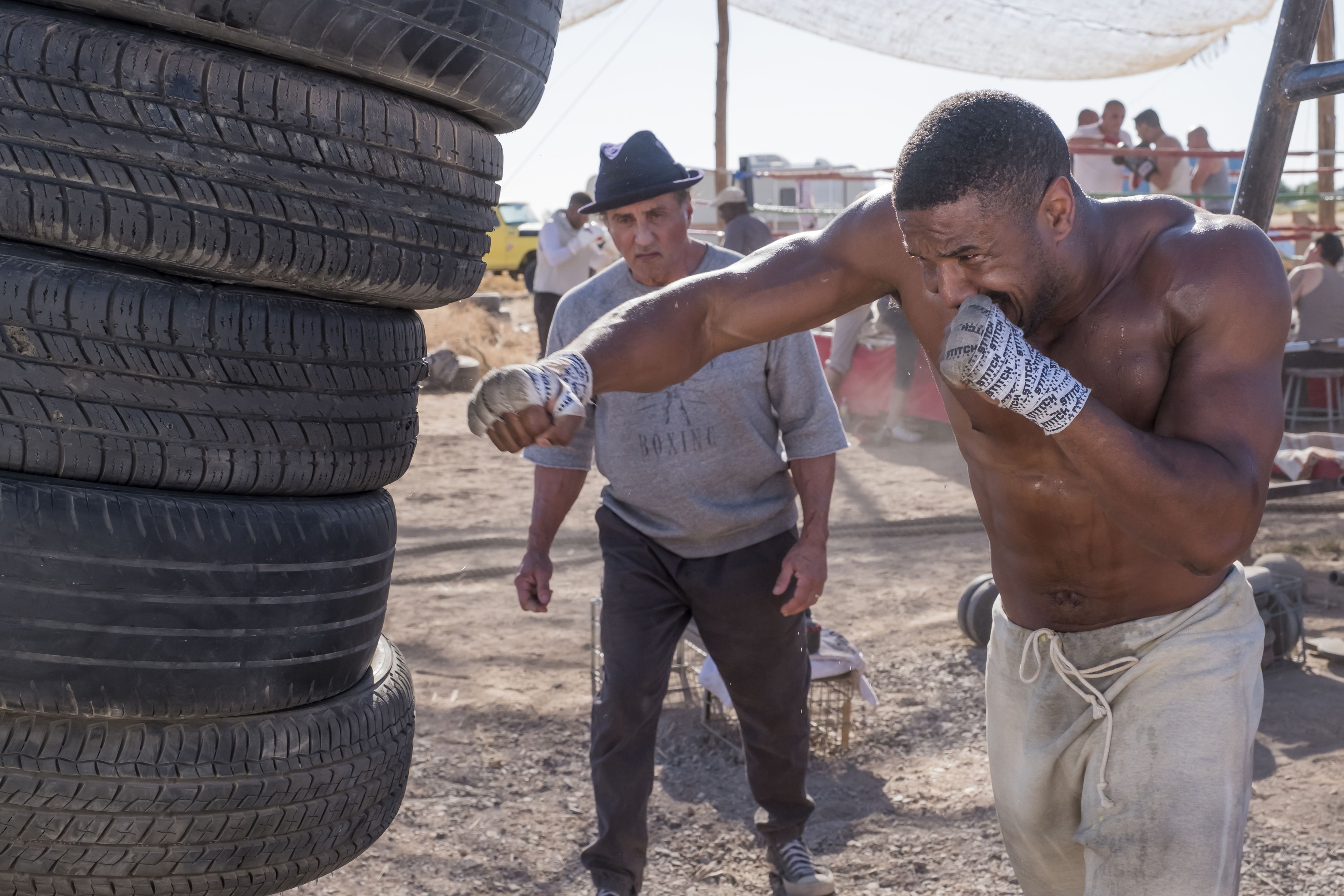
GLAUBERMAN: Personally, I watch all the dailies and build my own selects reel. So in essence, it’s sort of like stacking line reads, but I do my own and with only performances that I think are the best, as opposed to having my assistants string out every line read. This way, I am able to see every frame of footage, and it allows me to pull special nuances or reactions that I may want to use later on when I’m finessing the scene. Once I have my selects, I build the scene. Occasionally, if I am having a hard time figuring out how to start a scene, I will just lay something down and work from the middle to the end, and then go back to rework the beginning. But I start from my own personal selects reel based on watching all the dailies.
HAIDER: My process is pretty similar to Dana’s. Watch all the dailies and usually based on the script or based on what I see in the dailies I’ll build a skeleton version of a cut and then go back in and really find the moments that I want. When I’m having trouble just finding a scene sometimes I’ll start in the opposite direction. I’ll think about what is the moment of the scene, start from there and then build outwards. That method also gives me an idea of what is truly needed in the scene and what can go.
HARB: For me, it totally depends on what I’m editing if it’s a dramatic scene or a dialogue scene it’s similar to what Saira and Dana are saying. Watch dailies, take notes, make selects and build a base for the scene. If it’s a big action sequence then I drive my assistants crazy with stuff to do before I edit. I have them create these monster sequences: it’s kind of like a KEM roll but cut up and dissected much more and in order of beats.
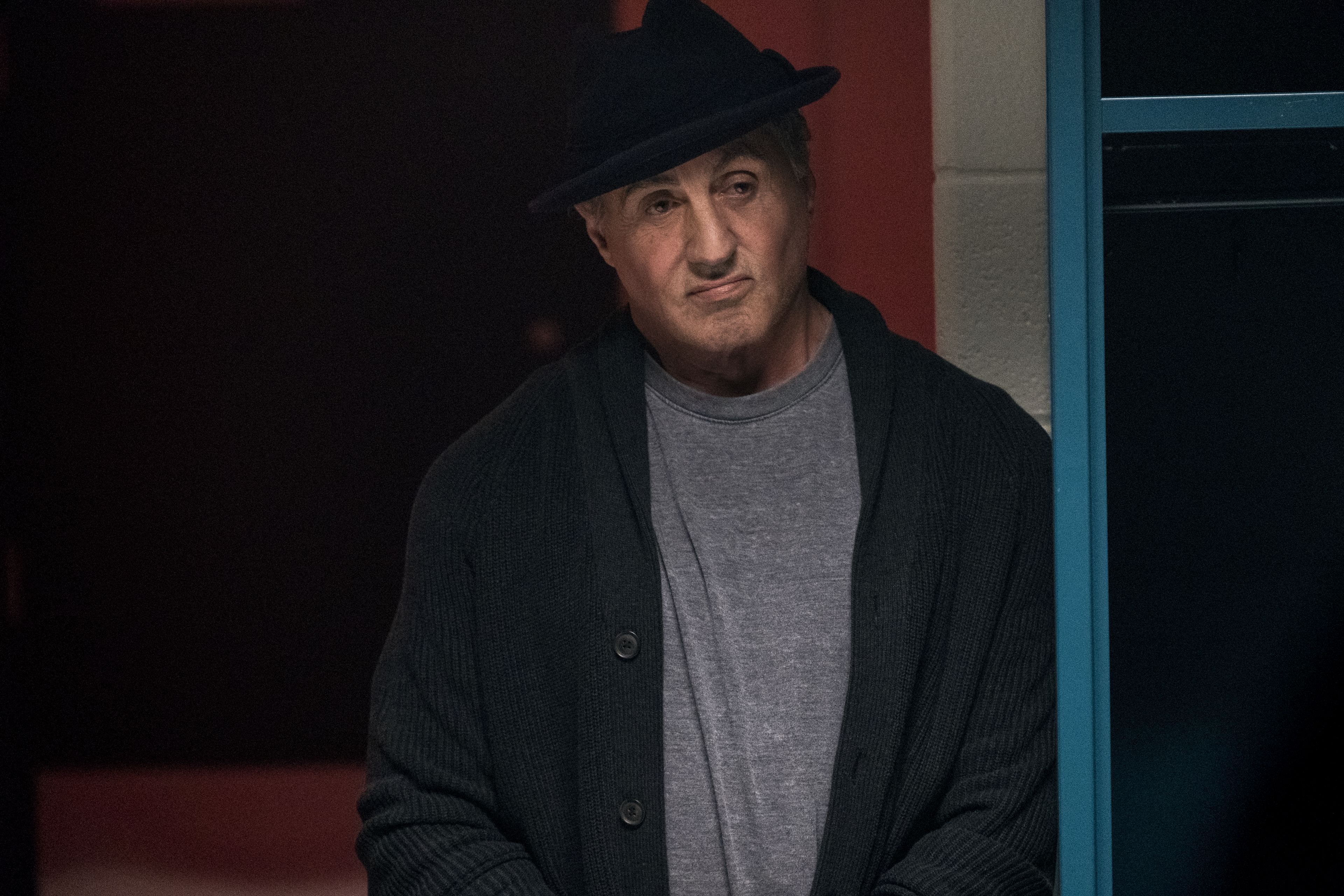
HULLFISH: Sounds like selects reels are an approach for all you.
When you’ve got that much movie to cut down, how are you making those choices about what to cut, and how short the fight sequences can be and how much character-building you need for people to be invested in what happens to the people and during the fights?
HARB: Ultimately it’s just a feeling. With the fights at a certain point, you get numb seeing people punch each other. There is all this amazing coverage to work from and you create all these moments and beats but it just becomes too much and ineffective in the context of the movie. You can feel when it’s running too long or you are overplaying something. As the edit outside the fights progressed and the rest of the story took form that would influence what I was doing as well.
HAIDER: With three editors and the chaos of a tight schedule, it was sometimes helpful to me to go into Paul’s room and hear Steven riff a little bit about what he wanted out of the fights, and also listen in on notes he was giving Dana. I could use what I learned from their discussions and take that with me for something to chew on while I was constructing other things in the film. That way, when he made it over to me I would have a good foundation of where he generally wanted to go in terms of tone, style, and structure. It also helped me figure out structure and style ideas that could be different from other areas of the film.
HARB: It was a comfortable creative space, everybody was learning on a daily basis what this story wanted to be. That means sitting in each other’s rooms, talking and debating and arguing and all that stuff and trying to kind of find the best version of the story.
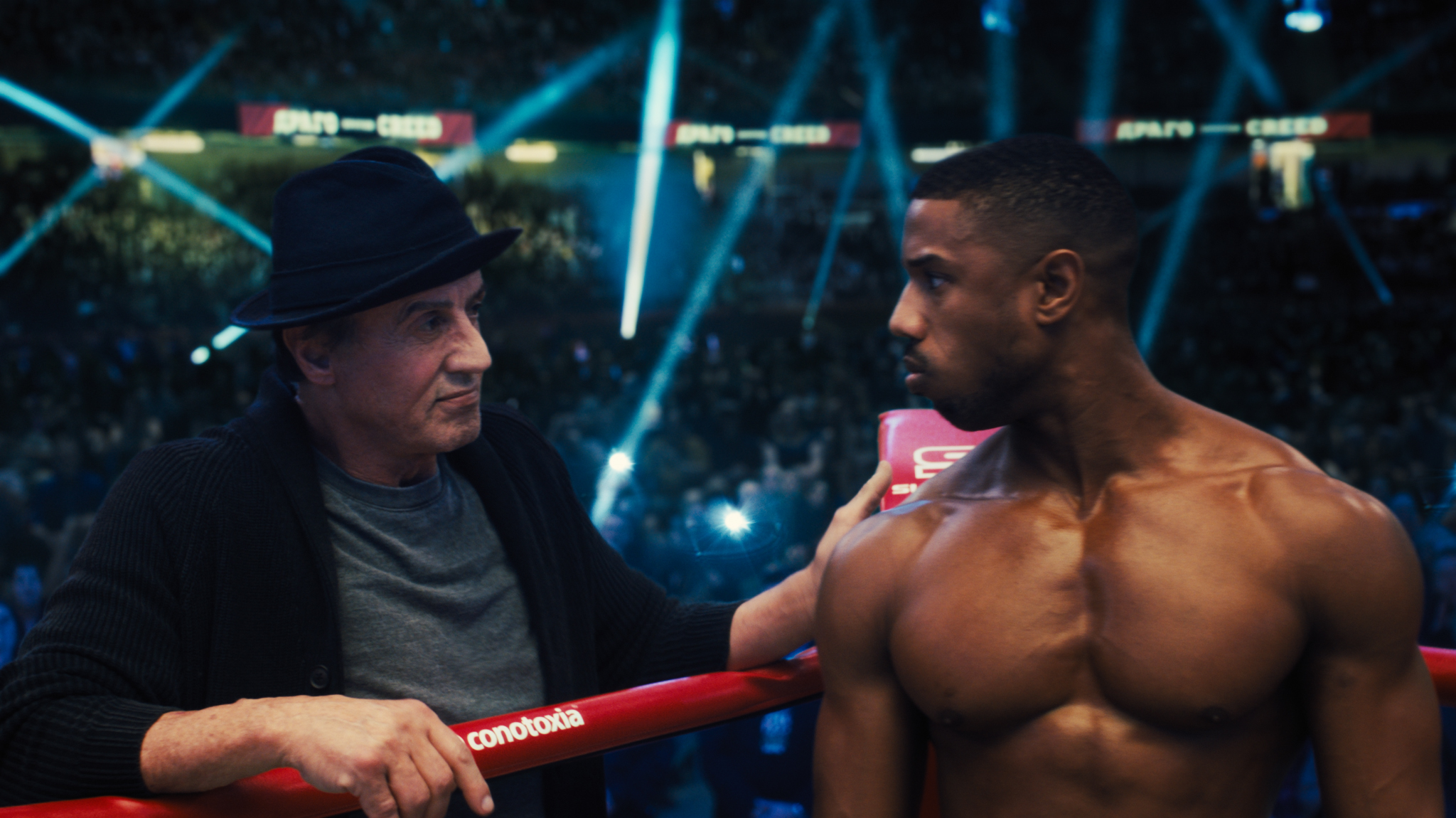
GLAUBERMAN: Exactly. Often times we find ourselves becoming precious about a particular scene or a beautiful shot, but that emotion should not dictate what should stay and what should get cut down. The important thing is the overall story that we are trying to tell. And our story involves so many layers and thus evolved during the 6 months that we were cutting – much to what was discussed earlier.
HULLFISH: Talk to me about creating a safe environment and protecting your director – making him feel like you’re going to get there and not to worry. How do you approach the social side of that?
HARB: The therapeutic side, you mean? (they all laugh)
HAIDER: Having worked with Steven many times before, I know what he values the most is total honesty, and the more honest you can be when approaching the film, the more comfortable he will get – so he knows that we are working towards the best with what we have, that’s his comfortable space. He can usually tell when people are not being honest with him about something. He has a really good instinct for that sort of thing. He just wants to know: is it good; is it corny? If you can help him think through something out loud and decide how good or bad it is, that’s what he wants. Then we can come up with solutions to make it better. That will always make him feel better. Another way I know to keep him comfortable is what he sees in my own approach: he wants to see his crew rise above the fear of a tight schedule or a tough political situation.
GLAUBERMAN: Total honesty is right. Steven has such a great mind for story and great gut instincts — he is always thinking outside the box, and is willing to try anything if it helps our story. Us supporting him and supporting his decisions along the way, and, as Saira said, talking through things with him in great detail, is extremely helpful not just to him but to us as well.
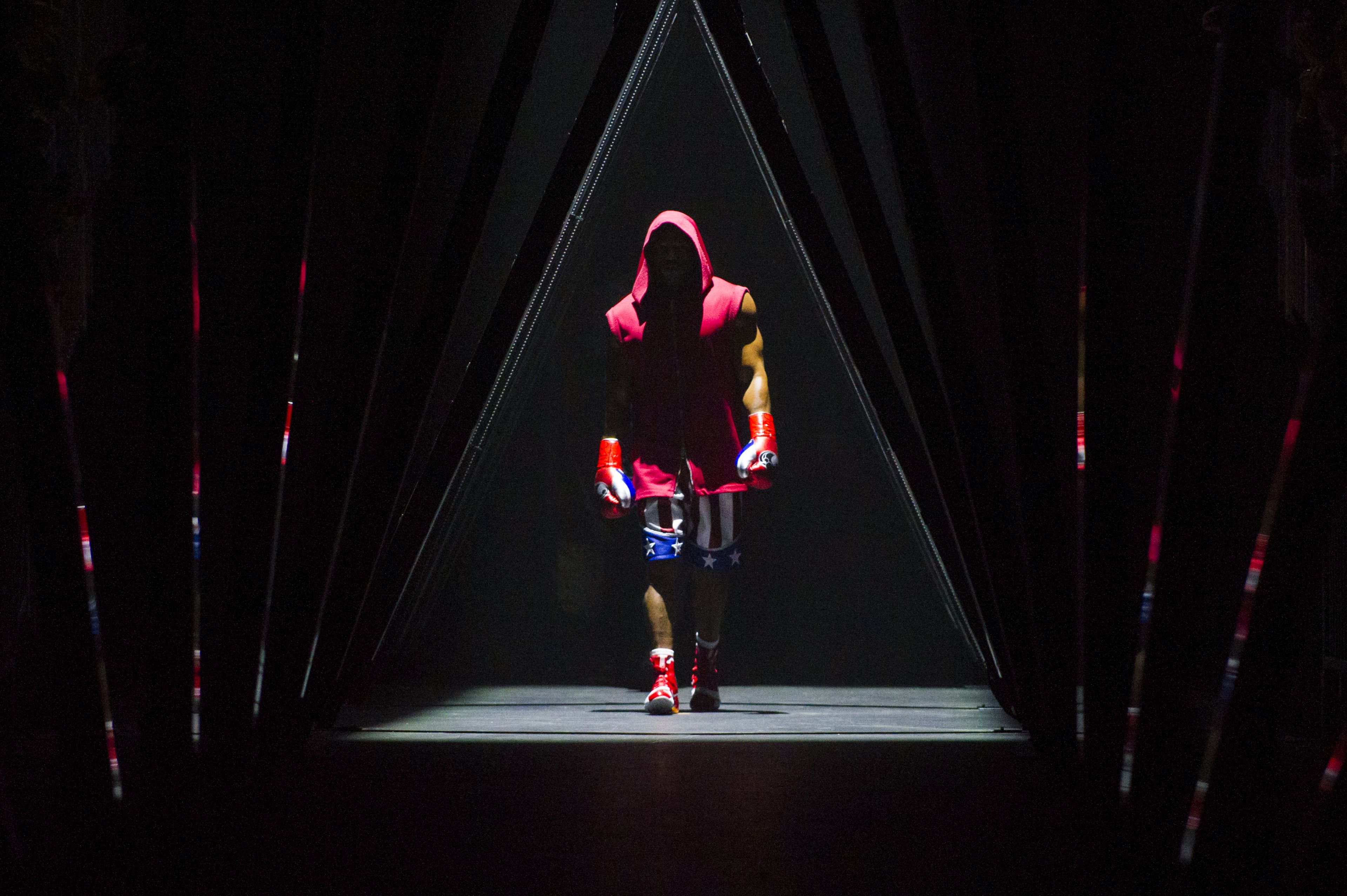
HARB: I agree, complete honesty, having an open mind and a willingness to try anything.
HULLFISH: Let’s talk about one of the common themes that have come from many of my previous Art of the Cut interviews: the delicate balance between an editor’s need to have a strong opinion and contribute in his or her own right against the need to suppress ego and serve the director.
HARB: You’re hired to be honest in your opinions. You’re no good to a director if you aren’t being honest and giving sometimes contrary opinions. At the same time, you need to find a way to keep yourself in check and make sure you are coming from a pure place. I’m a pretty outwardly passionate person. It’s human nature sometimes in such an intimate environment where you are constantly throwing yourself out there creatively to let your ego get the better of you, but ultimately the creative process is pushing through those walls, challenging yourself and the work to always be better. Going down paths you maybe initially think won’t work only to stumble upon some magic moment, that’s what it’s all about.
GLAUBERMAN: We are there to help the director bring his or her vision to the screen and will do that to the best of our ability. So the collaboration between director and editor is the key thing. It has nothing to do with ego for me. If I feel strongly one way or another about an idea that the director has, I will voice that opinion. It’s about bringing the best possible version of the movie to the screen by collaborating with the director and — in this case, the other two editors.
HAIDER: For me, it’s very similar to what Dana said. I try not to have an ego at all. But also: what a treat to work with Paul and Dana because we all saw the same dailies and we all see things differently of course, but it was fun to see why he would make that choice or she would make that choice. You learn so much when you see how other people would work on a scene with a different approach. We each think about it from our own point of view. We just needed to think: what’s the best way to serve the story and be the closest to Steven’s vision? Even when people give notes that I don’t agree with, I challenge myself to take them, because sometimes you can make some cool discoveries that way. In terms of balancing my own opinions with the director, If I feel strongly about something, I will bring it up a few times and if he disagrees after three or four times that’s my cue to let it go.
HULLFISH: That idea of embracing notes that you kind of hate is a big thing for me. And that’s kind of what I mean by getting ego out of the way. I’ve heard from so many editors that even what seems like the stupidest note can sometimes eventually lead to making something better.
You guys had to cut out a lot of stuff to get from three plus hours down to about two hours. When you do that, I’m sure it made for some tricky transitions between scenes that were never meant to be next to each other or to cut earlier from a scene than may seem comfortable. Did that make transitions between scenes difficult? Or something you needed to find solutions for?
HARB: Yeah, there’s a number of those! (they all laugh).
GLAUBERMAN: Sometimes we’d juxtapose scenes — we’d take something from earlier in the movie and put it in a montage; or move an entire scene from later in the movie earlier so that we don’t lose a character, a story point, or to just help with a transition. I feel like it happens in many films, but there are so many incidents like that in our film.
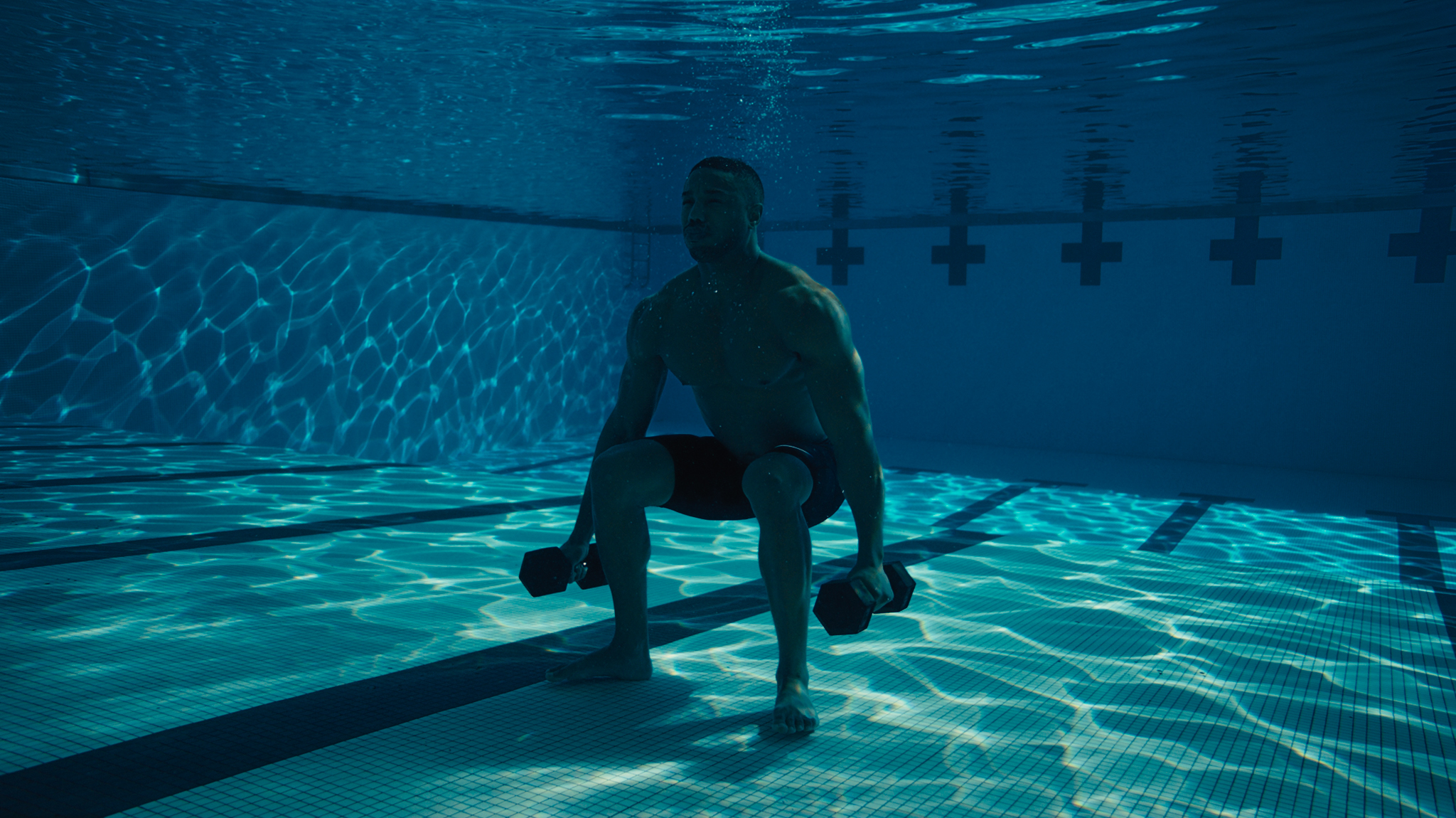
HAIDER: For example for one of the earlier montages — there’s a specific scene between Ivan Drago and his son Viktor that never felt right where it was, but then it ended up being this really cool montage earlier in the film just by intercutting it with something else. The whole movie is filled with moments that we made work by that kind of thinking.
HULLFISH: I’m sure that there were probably whole scenes that got compressed to montages. How did you guys make those decisions about cutting down and compressing?
HAIDER: It was all about how to propel the story, or what information do we truly need or what do we lose if we cut out this scene entirely? If a scene is too long but we need just a bit of the story beat, then maybe there’s an opportunity there to see if it can work with some intercutting or in a montage. There was definitely a version of the movie that we cut down way too much of the Ivan Drago and Viktor Drago stuff. We had to bring some of it back, but figure out where it could go without losing momentum. We accomplished that with some intercutting.
Having had the pleasure of cutting much of the montage material in this film, I can also say sometimes there is just too much good stuff which can be more difficult to cut out than that bad. But it’s all about just being honest with yourself about what’s really needed.
HULLFISH: It’s an evolving process, right? Editing is not a “one and done” thing.
GLAUBERMAN: Absolutely.
HARB: The first cut is the most brutal punch to the stomach in the whole process. (everyone laughs).
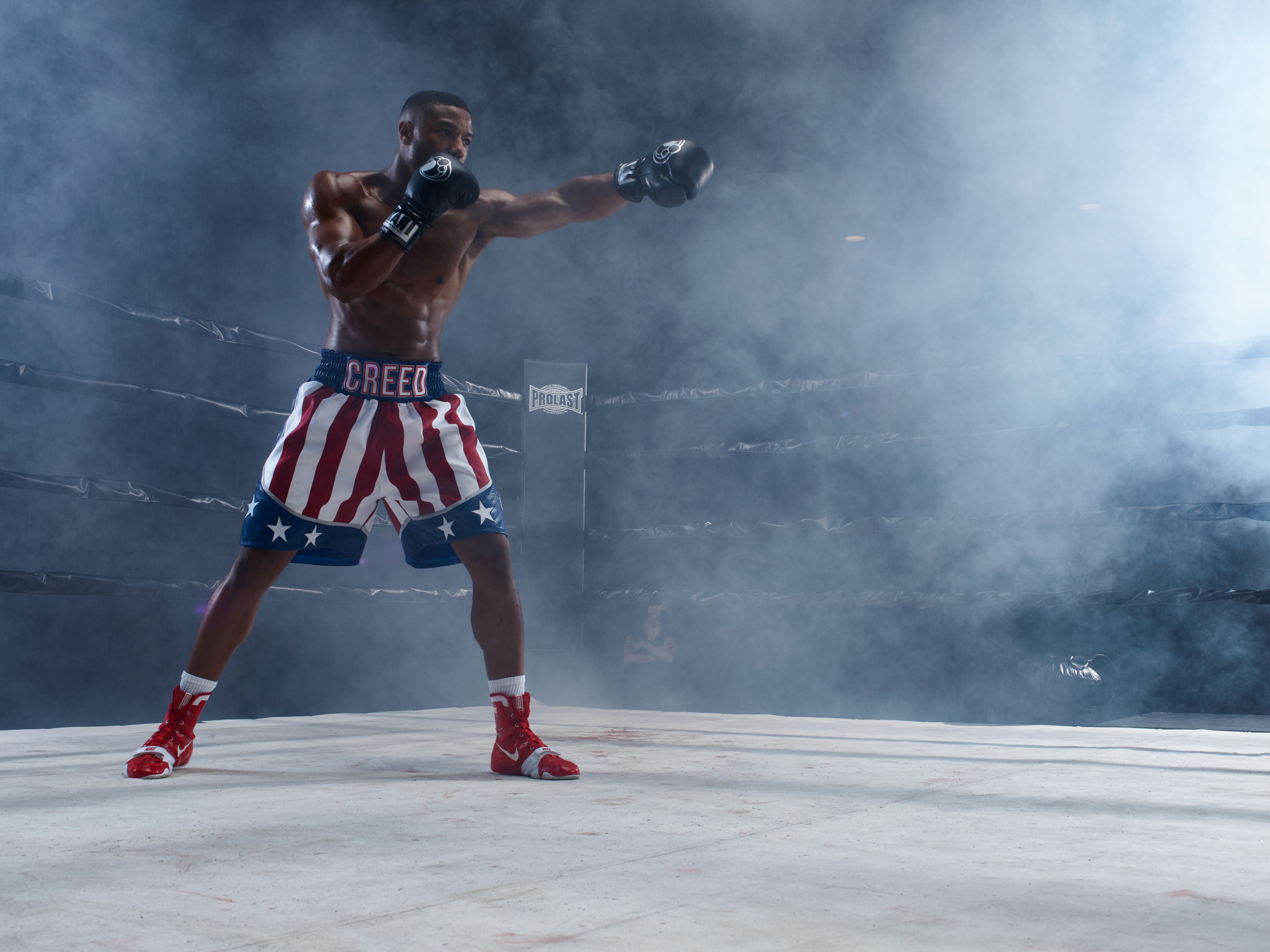
GLAUBERMAN: I think that’s true not just for us as editors, but also for the director!
HAIDER: I had a close editor friend once tell me an assembly cut for the director is the editor’s toughest time because that’s when they are most vulnerable. A lot of what they see is all the missed opportunities of what could have been.
HARB: It’s a constant process of taking passes, carving and fine-tuning until time runs out.
GLAUBERMAN: It’s also the most stressful part of the process because trying to get to that point to make things as good as we can in the time that we’re given before the director sees the whole thing put together — well, it’s just nerve-wracking.
HULLFISH: I just spoke to an editor who said that the director refuses to watch the assembly in one sitting.
HARB: Most of the directors I’ve worked with, including Steven; want to see an editor’s cut because they want to see someone else’s take on the material. We are all learning from the characters and the material as we play with it so a lot can come from an editor’s cut. These days, unfortunately, we seem to have less and less time to actually get an editor’s cut together before the directors cut starts. On this project, I didn’t have what I would call an editor’s cut at all for the fights when Steven and I really dug into it.
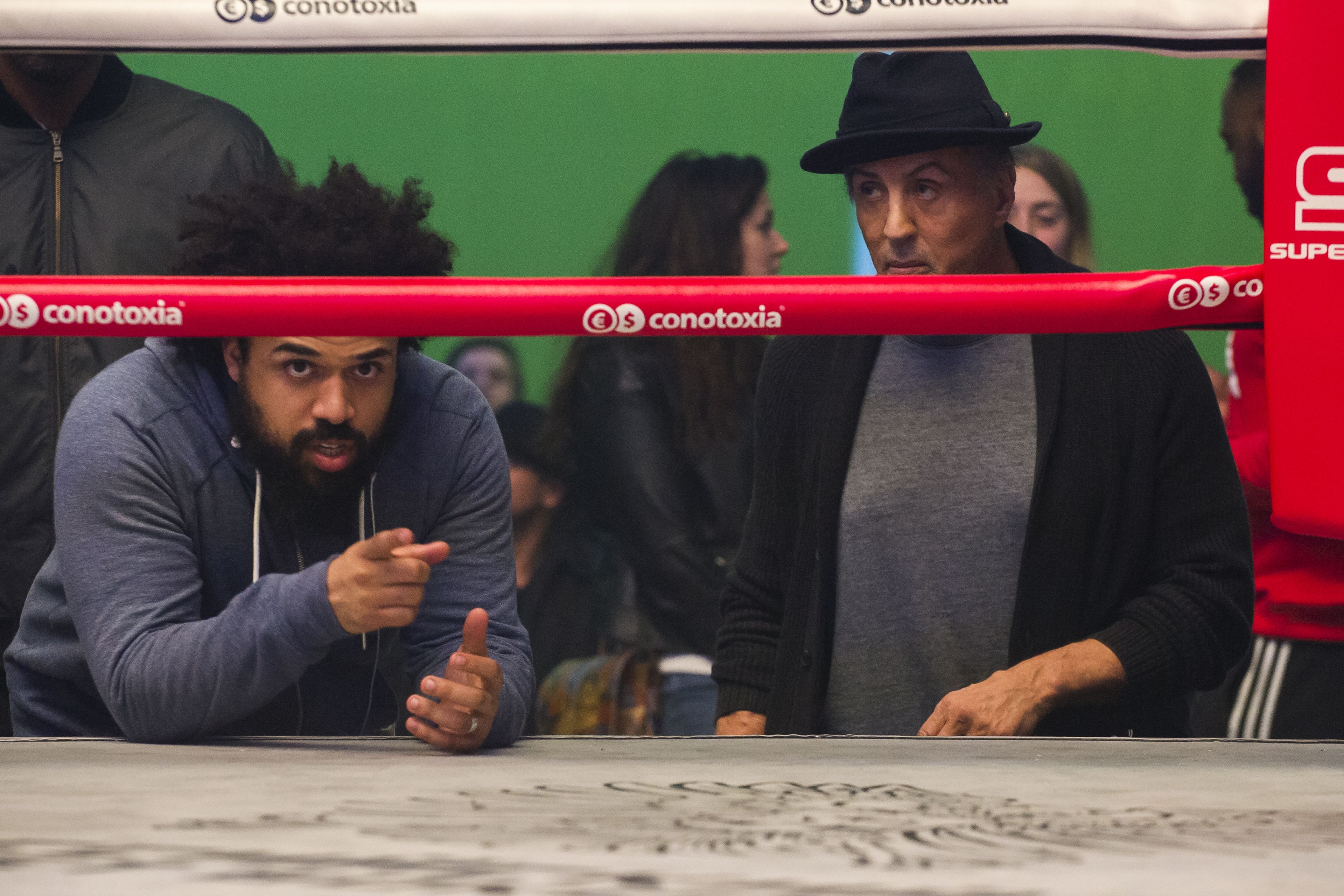
GLAUBERMAN: Similar to what Paul just said I’ve worked on movies where I don’t go on location simply because the director wants me to have a fresh perspective and fresh take on the material, and not be influenced to cut a scene in any particular way based on what I see or hear on set. I’ve worked on movies in the past where I have already sent every individual scene that I’ve cut to the director. So they’ve already seen everything on PIX — even if it’s not in order. It really comes down to what the director is comfortable with.
HAIDER: In this case, I don’t think any of us considered the first cut to really be our first cut because it was still so unfinished. And actually, it took quite a bit through the director’s cut to find the first true version.
GLAUBERMAN: Correct.
HAIDER: Steven said, “OK let’s all roll up our sleeves and dive in.”
HULLFISH: Let’s go back to the idea of just a single scene. When you’re working through that, are you considering shot sizes at all or just performance?
GLAUBERMAN: I am always going for performance. So when I’m actually pulling selects I’m pulling them from every take and every set-up whether it be a master or an over the shoulder or a closeup or an extreme close up or a two-shot or whatever. I’m pulling from every single take. Then from there, I think of editing a lot like a dance or painting a beautiful picture. If it flows into the next shot seamlessly then I’m good and if I’m happy with the performances then I’m good. I’m not necessarily thinking, “I have to be on a close-up here.”
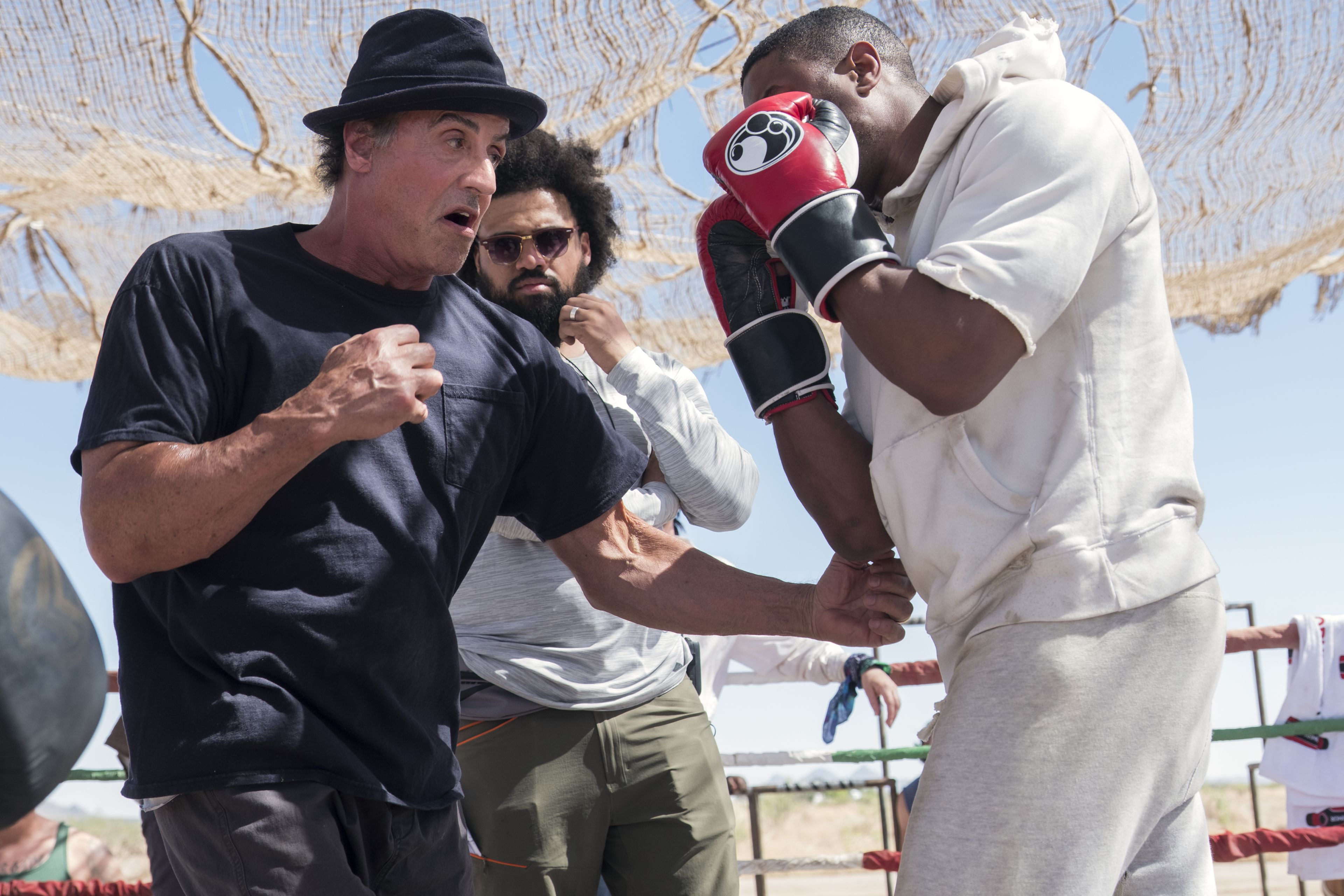
That said though, once I have an assembly of the scene and I watch it all the way through, there might be a line that I want to be in close up on just for emphasis, and so then I might switch things at that point. In my initial layout of the scene though, I’m usually not thinking about the angle and the shot size. I do that after — when I’m going through and cleaning it up.
HAIDER: I think Dana and I have very similar processes. When I start to put something together, I use whatever it is that helps me understand what the scene is generally supposed to be about.
HARB: I’m the same. I kind of beat it out first once I’ve done the selects. Because I’m just beating it out in that first block pass – kind of throw down an angle that I think that I’d want to be in. But what angle you should be in dramatically changes as your perception of the story changes.
HAIDER: Basically I’ll put it down in whatever is easiest to understand — whether it’s the master shot or a medium or whatever, and then as I’m watching the scene I ask myself how I want to feel and what’s the best piece of coverage — whatever the size of the shot — that will help me achieve that. There are traditional ways to cut scenes, but you just go with your gut.
HULLFISH: When using reaction shots, do you have an opinion about playing certain lines on or off the person speaking? I’ve talked to some editors who say that if a specific line is critical to the plot, they always play it on the speaker.
GLAUBERMAN: I do agree with that.
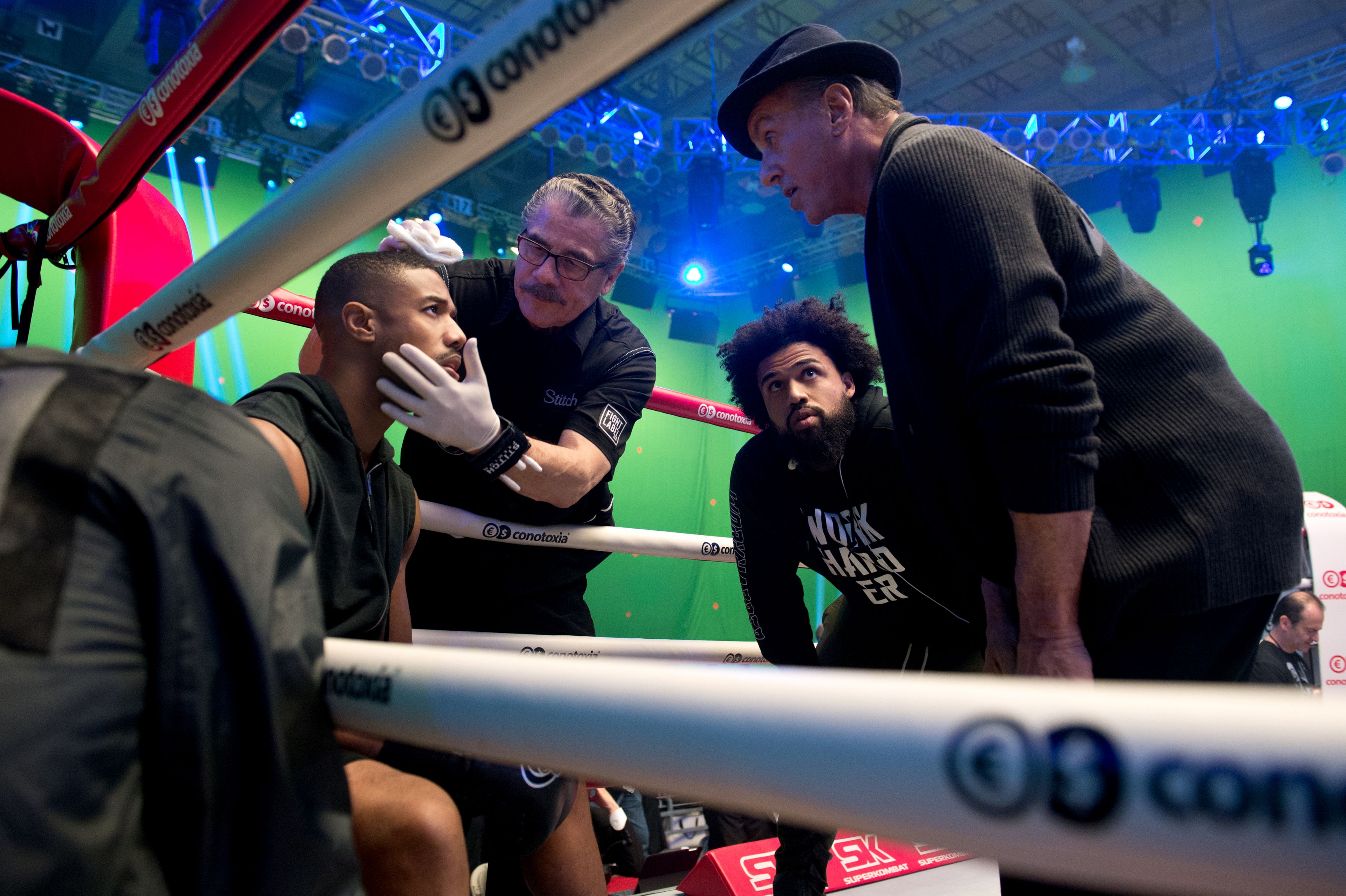
HARB: I’ve never heard that, but I understand it. For me, I don’t hold myself to strict rules like that I don’t think…but I do understand that idea and I would probably instinctually do that 90% of the time. But I could see doing it off camera in certain circumstances maybe.
GLAUBERMAN: I think it depends on what the situation is of course, but it’s instinctual. You can try things and if it doesn’t feel right, you change it up. When I’m initially cutting a scene, I put all lines on camera and then once I have an assembly of the scene, I then go back and do overlaps and pre-laps and add in reaction shots of where I feel I want the impact to be, etc. Everybody is a little bit different and every editor has a different style. That’s the beauty of editing. There’s no right or wrong way of doing it. However, generally speaking, I do feel that if a specific line is crucial to the plot, it sinks in more to the audience if they actually see the character say it on camera as opposed to when it’s played on a reaction shot.
HAIDER: And it depends specifically on what you’re trying to achieve in the scene too. I don’t think you can have a standard answer.
HULLFISH: When I first heard that idea, it does make sense. The audience might not take home an important point if they’re looking at the reaction of someone else.
HARB: What if the important story point is how that information affects the character who’s listening?
HULLFISH: Do you think storytelling is a learnable skill?
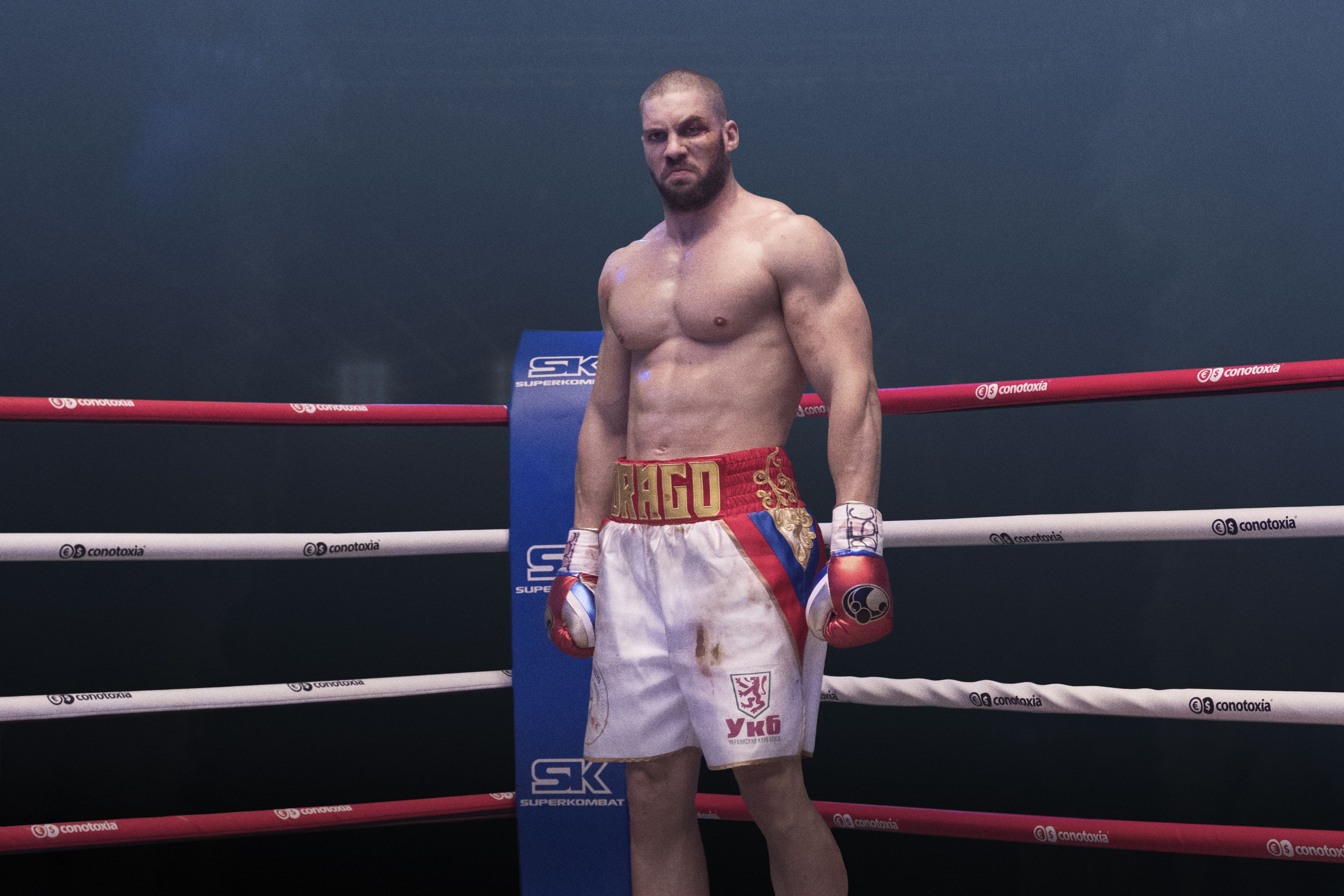
HAIDER: Oh I think so. I think I get better from every movie I do. You start to recognize patterns and things that worked for you before.
GLAUBERMAN: I agree with Saira. I’ve been doing this for a long time and I still learn new things on every movie that I cut and from the people that I work with. I think everyone is a storyteller in and of themselves. And we constantly better our storytelling abilities the more we do it and with different experiences and interactions with other people.
HARB: I do think there is a talent that I’m on the fence about, whether you can learn which is pacing. I always feel like pacing in picture editing is really kind of musical. It’s rhythmic and it’s something you feel and that’s one of those things that reveal themselves to you as you go through the process of playing with the material and working on it. I don’t know if you can teach that.
GLAUBERMAN: Steve, are you being specific to editing? Or storytelling in general?
HULLFISH: I’m talking about storytelling as it’s own skill apart from the edit bench even. Do you think you are good storytellers away from your Avid?
GLAUBERMAN: I think so. And I agree with what Paul is saying. Editing specifically is rhythmic and sort of a dance and sort of a paintbrush on a canvas, as I said before. There is a rhythm and grace to it. That for me is very instinctual. When people ask me why I’ve made certain decisions in my cuts from one shot to another, my usual response is that it’s instincts. You can’t really teach that. But in terms of storytelling as a whole — not necessarily just as a part of editing — I think we all have the capabilities of being good storytellers away from our Avids.
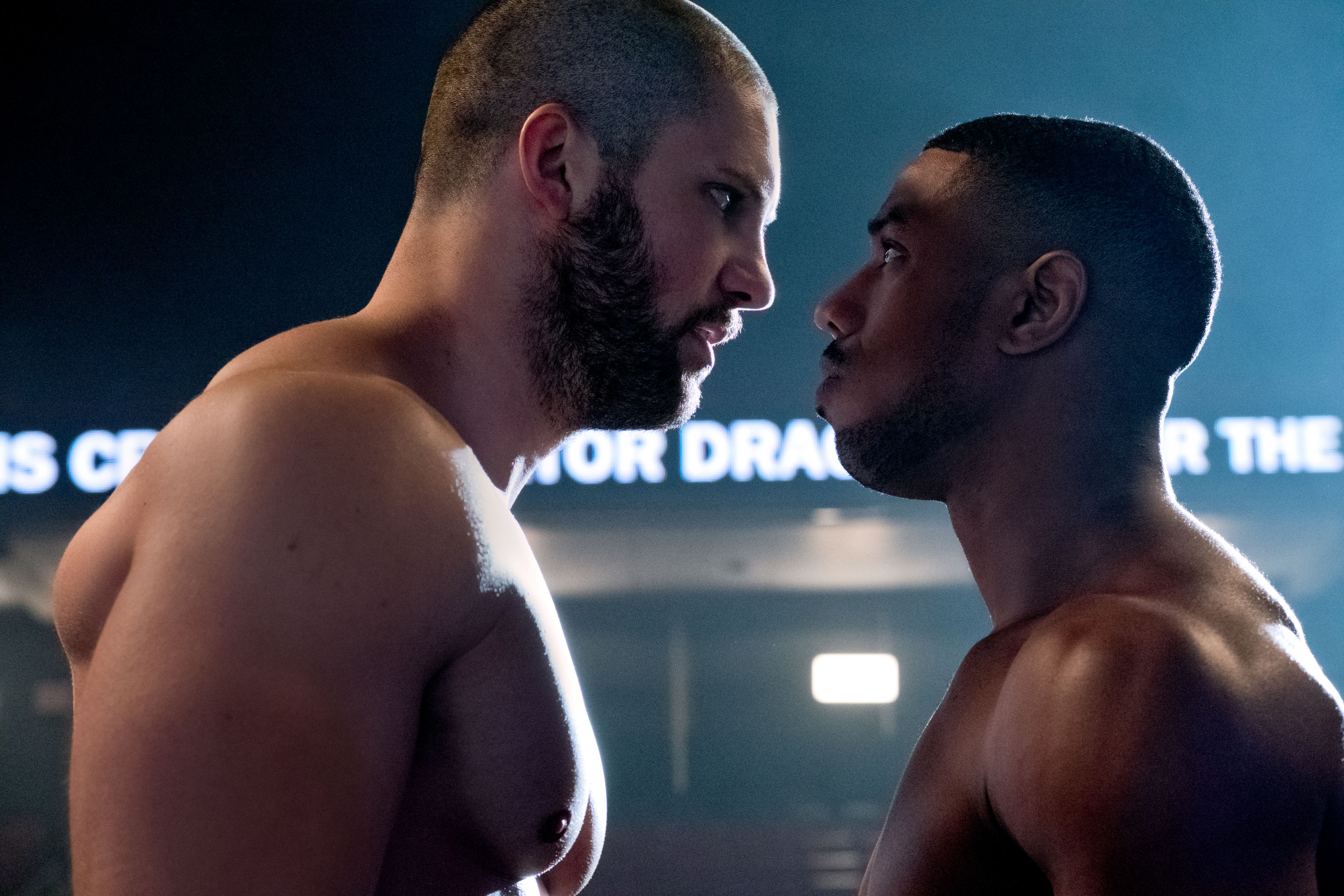
HAIDER: When it comes to story, I like being involved all the way back in the script process. Thinking about big picture things is when I really start editing. It’s a good way for me to think about it in a broad sense before I get swarmed in dailies, and its a good way for me to remember what I instinctually loved about the script or what I didn’t. I love discussing things you could cut out and not even shoot early on.
HULLFISH: How many times have you guys had a chance to speak into the script prior to post?
HAIDER: I got a lot of chances, including on this film, I was involved early on. I had read so many iterations of that script even when Steven was thinking about doing it.
HARB: I read iterations of the script back from when Stallone was going to direct.
GLAUBERMAN: I usually have gotten scripts just a few weeks prior to production so where I can, I offer my opinion. Even on movies with directors that I’ve worked with multiple times, I haven’t necessarily been given the opportunity to be that involved way early on in the process. But the times I have been, I do offer my opinions, which are very welcome.
HULLFISH: Other than just reading the script, what input did you have?
HAIDER: On this one specifically, one of the biggest notes I had was that one of the major characters didn’t have an arc that paid off. When Steven was out scouting in Philadelphia, they had this huge script that they had to bring down so he called me to get some thoughts. And out of that discussion, it helped spark an idea that Steven had: there was a better opportunity for this character, even while reducing his screen time. Since that was in the script stage, they didn’t have to shoot it. It worked better for the movie overall. It was a discussion of “what can we do?” and the lightbulb went off in Steven’s mind.
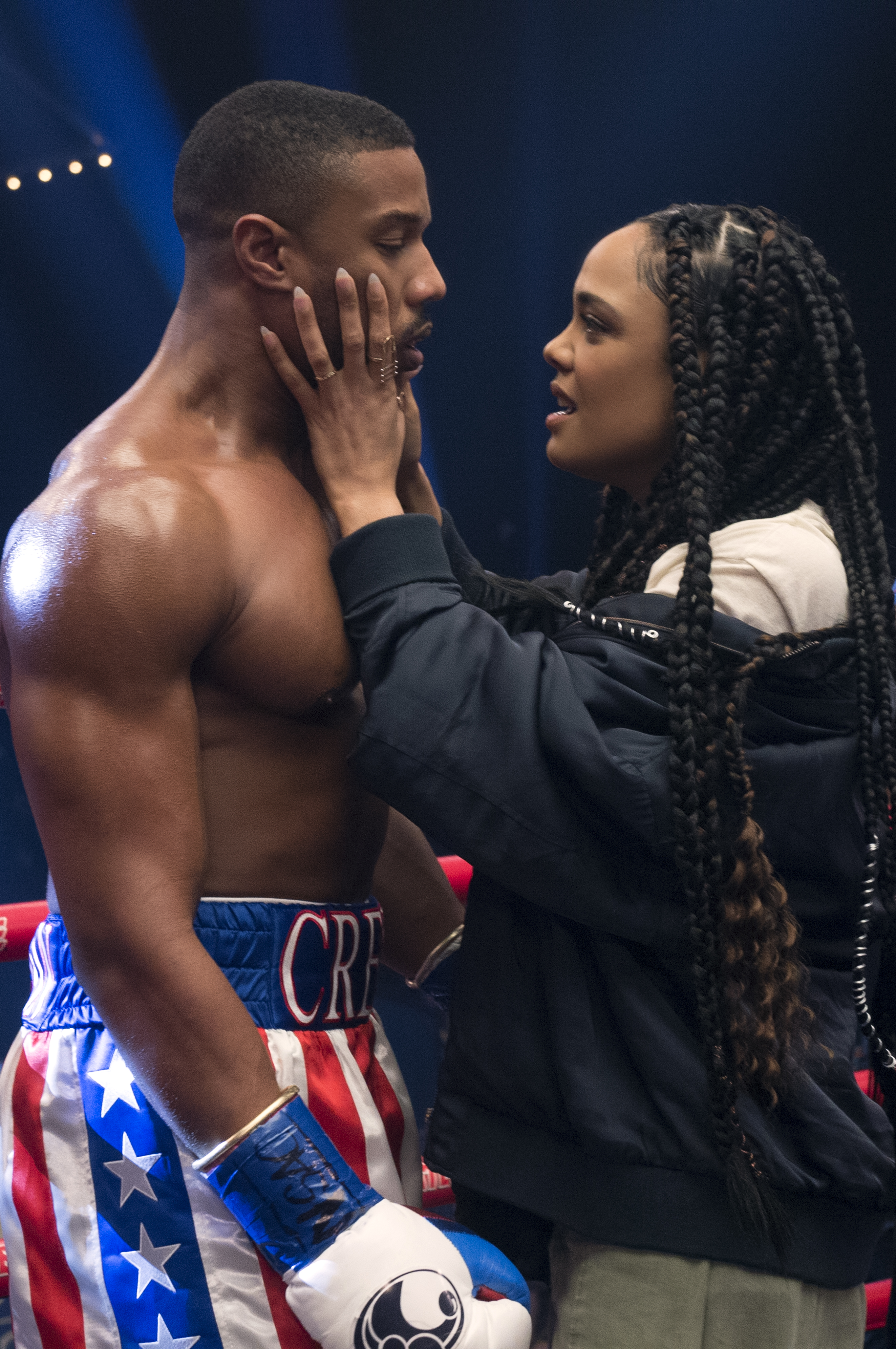
HARB: There are also more chances to do that during principal photography. When we were in Philly, we would see Steven quite a bit. He’d come in and look at stuff and ask our feedback.
HULLFISH: Obviously you guys got hired because you’re great editors and you’re very talented. But I’m also interested in the social aspect. Nobody wants to hire somebody that they’re not going to get along with and that they don’t want to spend eight months of weekends with. Tell me a little bit about that social aspect of “being a good hang.”
GLAUBERMAN: Look, you’re spending so many hours of your day with people at work — often times more hours than you are with people at home. So it’s important to be able to get along. When hiring assistants, personality, skill, and trust are just a few important aspects that I look for. And if those abilities are met, then “being a good hang” falls into place naturally.
HARB: They have to interface with the other departments. Relationships in the editing room go between the editors, but it’s the whole department. You have to find a way very quickly to be around each other and hopefully like each other and respect each other creatively.
HAIDER: I agree with everything that Paul and Dana are saying but to add to that, I look for people who have similar taste to me. Do they like the same things I like? I want their opinion before the director even sees anything, so it’s also important for them to be honest with me. And while similarities in taste are a good thing, also it’s nice to have varying opinions and open up discussion with assistants and pa’s – diversity in thought with the crew around you can spark interesting ideas. I like environments where the best idea wins – no matter who it comes from!
GLAUBERMAN: Agreed!
HULLFISH: Is watching dailies a skill? And how do you watch dailies?
HARB: I agree that it is a skill.
GLAUBERMAN: I agree as well. You have to be able to identify and pick out good performances versus great performances and be able to react to moments. I think without having the skill of being able to watch dailies you won’t know how to pick that stuff out.
HARB: And you need to be able to see things that you’re going to take out of context.
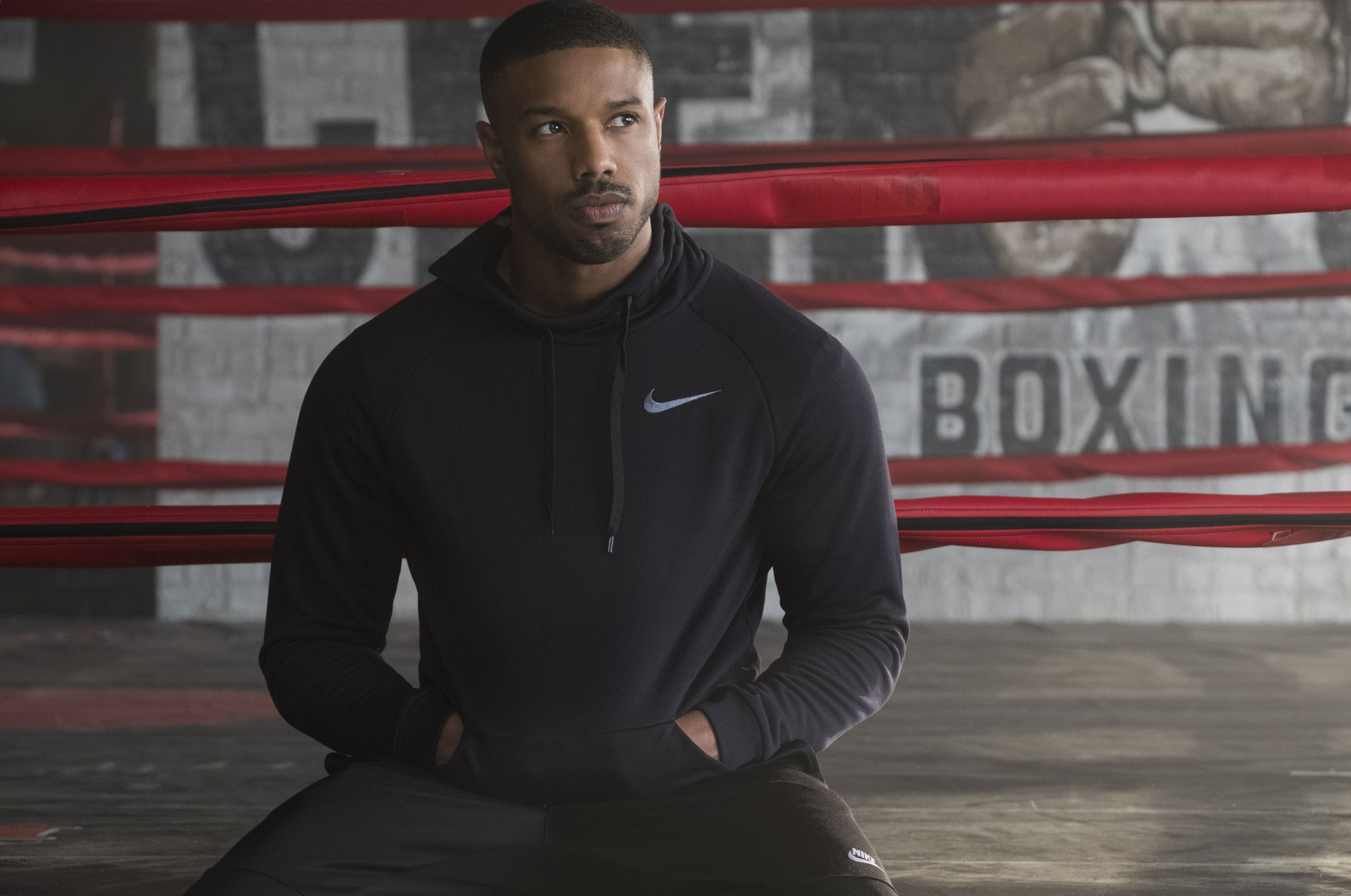
HULLFISH: That is a really interesting idea. I totally understand that. In other words, you see a character react to one person or line and be able to know and remember that it can be used for a different line or purpose.
HARB: You’ll identify looks that were done for a different reason and in the process of learning the story and working with your edit you remember things from dailies, and that really comes from paying attention and trying to understand the characters and the story when you sit down and go through the dailies.
HAIDER: I’d agree with both of them, but I also think that re-watching dailies at the end can be really useful for some moments. For example, if there’s a scene that was difficult to put together throughout the whole process, it’s interesting to look at the dailies again – I often have a different opinion about how things feel once we’ve really shaped the tone and style. There may be something special that I’ve slept on that becomes interesting when you understand the story better after all those months. When you have more clarity you can ask: Is this the best version? So I’ll rewatch some of the dailies and maybe I can identify a moment that actually supports the film overall better than the one that we initially picked.
HULLFISH: It’s all about the new context that it’s viewed in. Do you have a specific methodology for watching dailies? Are you dropping locators on KEM rolls? Are you making handwritten notes? Do you just have fantastic memories?
HARB: All of the above! (group laughs).
HULLFISH: What are you actually doing when you watch the dailies?
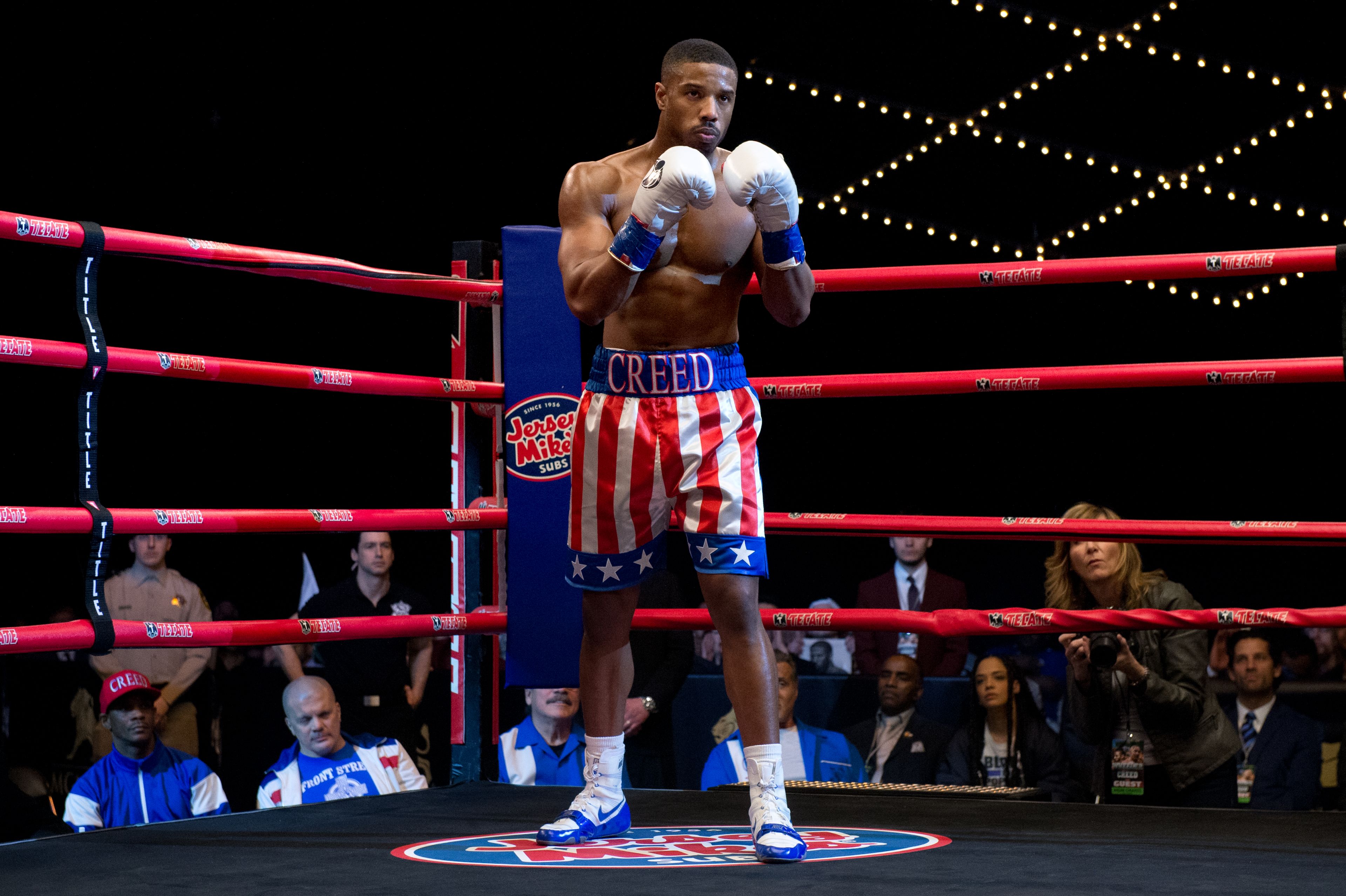 HARB: I kind of do a combination of all that stuff. It depends for me what I’m tackling. Is it a big action sequence with a lot of coverage? Or is it a dialogue scene? I tend to take notes while I’m watching. I stop a lot that first time I watch so that I can write notes and not miss anything. Locators. If something really jumps out at me, I may grab it and drop it in a new sequence. I do a little of all of that, I guess. For the fights in Creed 2, I had a lot of select sequences that were very specific. Sad reactions, happy, crowd cheer, jeer, all sorts of different ways to break it down for when Steven and I were really fine-tuning we could jump to these selects and know we were looking at all of our choices available for whatever moment we were trying to create.
HARB: I kind of do a combination of all that stuff. It depends for me what I’m tackling. Is it a big action sequence with a lot of coverage? Or is it a dialogue scene? I tend to take notes while I’m watching. I stop a lot that first time I watch so that I can write notes and not miss anything. Locators. If something really jumps out at me, I may grab it and drop it in a new sequence. I do a little of all of that, I guess. For the fights in Creed 2, I had a lot of select sequences that were very specific. Sad reactions, happy, crowd cheer, jeer, all sorts of different ways to break it down for when Steven and I were really fine-tuning we could jump to these selects and know we were looking at all of our choices available for whatever moment we were trying to create.
HAIDER: I’m the same. My default is locators. I’ll start finding moments I like and adding notes and sometimes I’ll just write thoughts about things in my notebook. Steven likes to do this with me in the room where we’ll find moments that he likes and I start creating “Steven’s Selects.” I’ll just throw everything in a timeline that he likes within that scene. He likes to have that and to be reminded: “Oh yeah, that moment is there if we need it.”
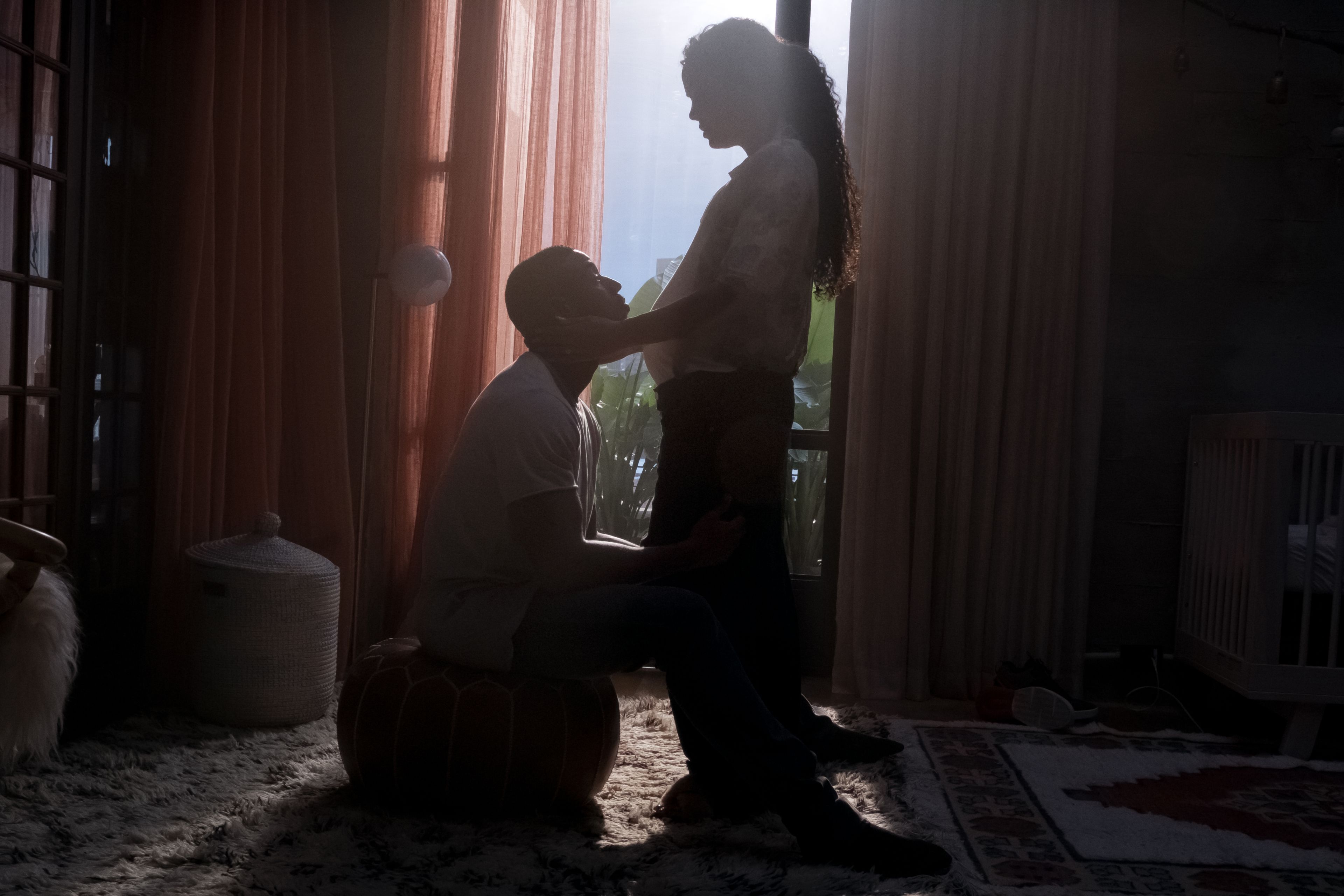
Michael B. Jordan stars as Adonis Creed and Tessa Thompson as Bianca in CREED II,
a Metro Goldwyn Mayer Pictures and Warner Bros. Pictures film.
Credit: Barry Wetcher / Metro Goldwyn Mayer Pictures / Warner Bros. Pictures
© 2018 Metro-Goldwyn-Mayer Pictures Inc. and Warner Bros. Entertainment Inc.
All Rights Reserved.
GLAUBERMAN: I create a KEM roll — more because I come from a film background. And so that’s how we watched dailies — actually in a screening room on film in KEM roll form.
HARB: It’s so funny that we still call it a KEM roll.
GLAUBERMAN: I literally label them in the bin as a KEM roll.
HULLFISH: That’s how it’s labeled in my bin.
GLAUBERMAN: From the KEM roll, I either put locators or start creating a selects reel based on watching the KEM roll. It just depends on how much material is in that particular scene.
HULLFISH: Do any of you use line-out sequences — breakdowns of every line in a scene with each set-up and take of that line in order — or ScriptSync?
GLAUBERMAN: I don’t like cutting a scene from ScriptSync simply because I find that it just sends you directly to the line read as opposed to being able to pick out moments between lines that might be great as a reaction shot. Those are those precious moment you find when watching everything. And I feel like I wouldn’t be fair to a scene and wouldn’t be able to do my best work if I just cut form ScriptSync.
HULLFISH: I’ve just talked to Carol Littleton and she does it super old-fashioned where she takes the script and she actually writes on the script what shots she’s going to be on.
HAIDER: I wanna try that!
HULLFISH: Carol said she did that because she felt like she needed to have a plan back in the day when you couldn’t just cut and re-cut and re-cut and retrim something.
Dana, you said you started on film. When did you switch over and have you always been on Avid?
GLAUBERMAN: I started as an assistant editor in the early 90s, but I never actually cut my own stuff as an editor on film – I only assisted on film. I switched over to Avid mid-90s and have been there ever since. Digital editing has evolved so much since then, as we used to have to sync on film and then send to the telecine house so we could cut on Avid and then we had to conform the Avid cut back to film and preview on film. I’ve tried a couple of other NLEs, but Avid is the one that stuck.
HAIDER: I know Premiere just as well as I know Avid. I find that there’s a lot of projects that are on Premiere these days. My first assistant editing gig was on Premiere.
HARB: I’d be interested in doing a feature on Premiere.
HULLFISH: I really appreciate your generosity and answering all these questions.
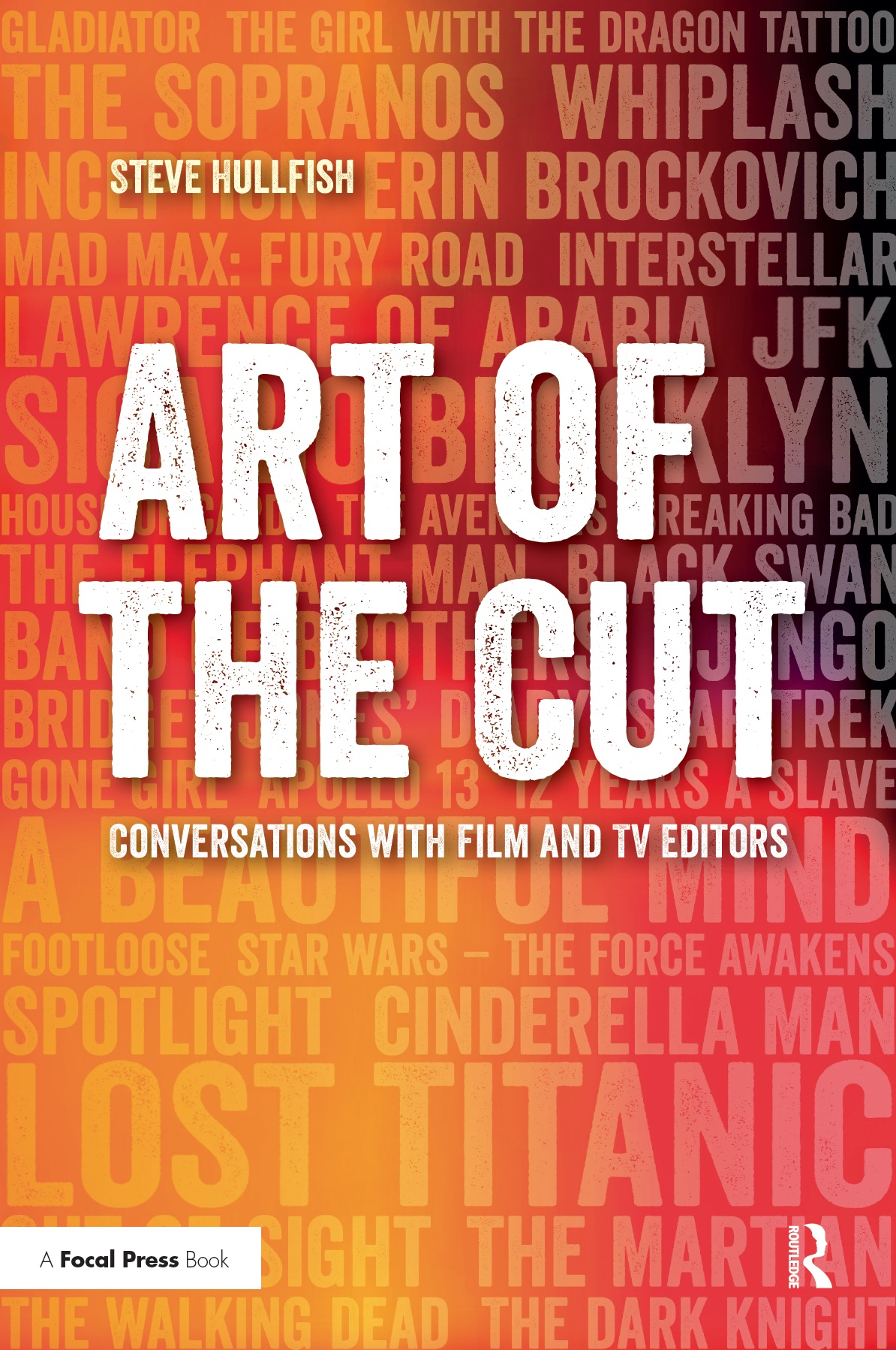 To read more interviews in the Art of the Cut series, check out THIS LINK and follow me on Twitter @stevehullfish
To read more interviews in the Art of the Cut series, check out THIS LINK and follow me on Twitter @stevehullfish
The first 50 interviews in the series provided the material for the book, “Art of the Cut: Conversations with Film and TV Editors.” This is a unique book that breaks down interviews with many of the world’s best editors and organizes it into a virtual roundtable discussion centering on the topics editors care about. It is a powerful tool for experienced and aspiring editors alike. Cinemontage and CinemaEditor magazine both gave it rave reviews. No other book provides the breadth of opinion and experience. Combined, the editors featured in the book have edited for over 1,000 years on many of the most iconic, critically acclaimed and biggest box office hits in the history of cinema.

Filmtools
Filmmakers go-to destination for pre-production, production & post production equipment!
Shop Now